

AUGUST 2024
COMMON TERN
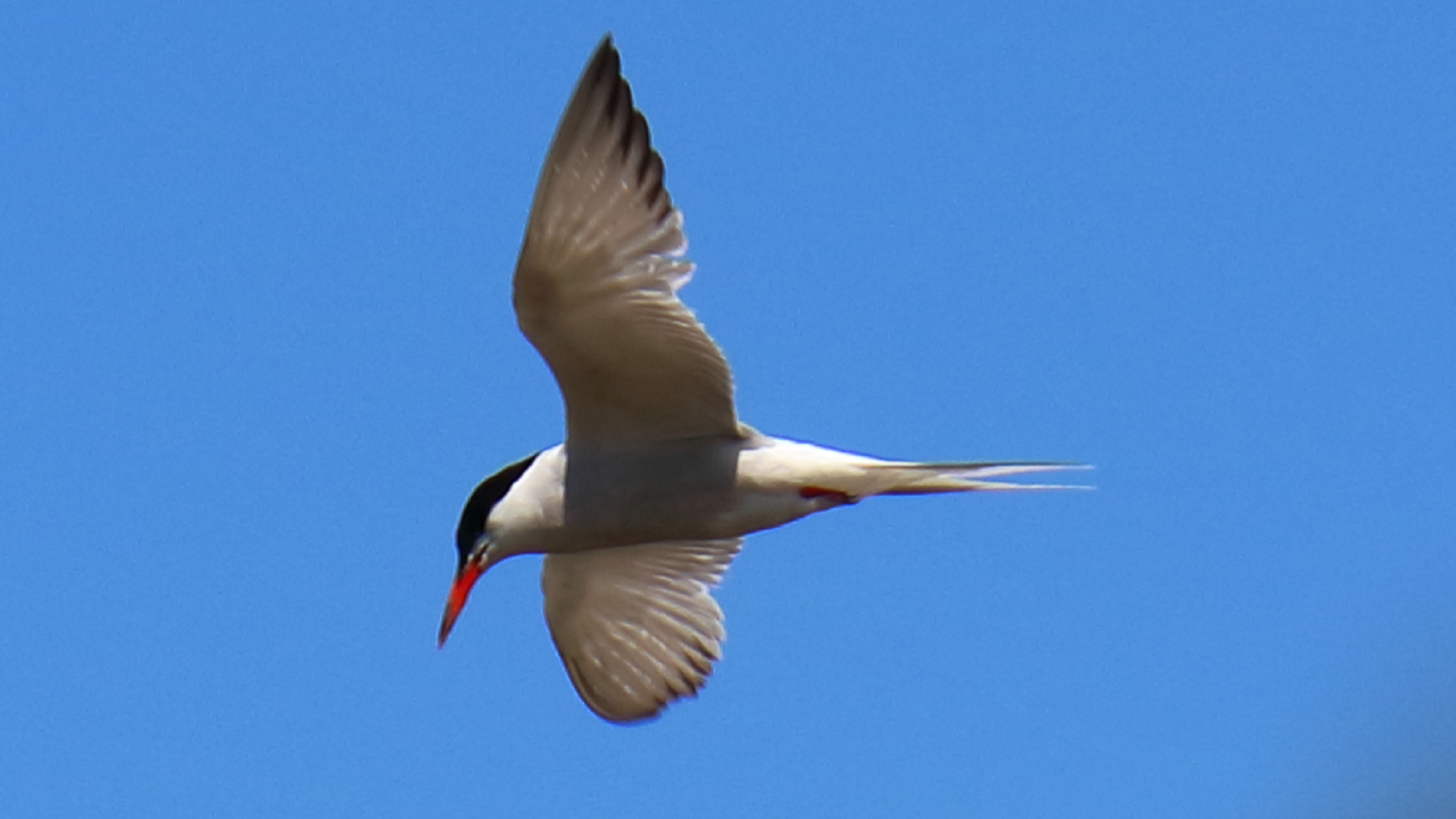
© Mike Rumble TQ4792 01/08/2024*
Sterna hirundo
Common Terns are occasional summer visitors. They hover over the lake looking for fish before diving to snatch one from the water.
THE ODD COUPLE
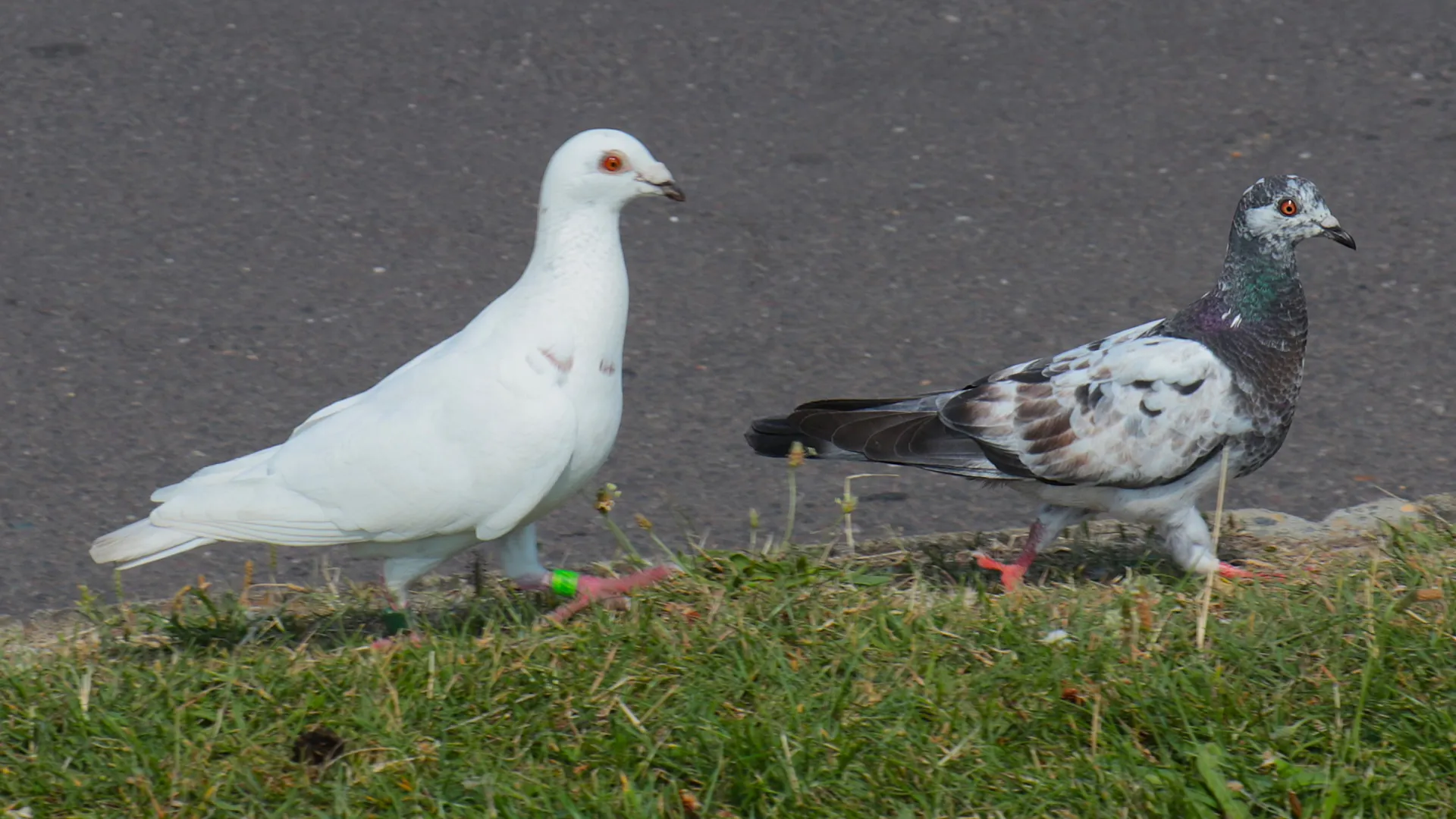
© Mike Rumble TQ4792 01/08/2024
Columbidae
Doves and pigeons belong to the same bird family and share similar characteristics. Doves are generally smaller, pigeons are often larger and stockier, although this distinction is not consistent. This unusual pair were spotted by Foxburrow Road.
WASP SPIDER
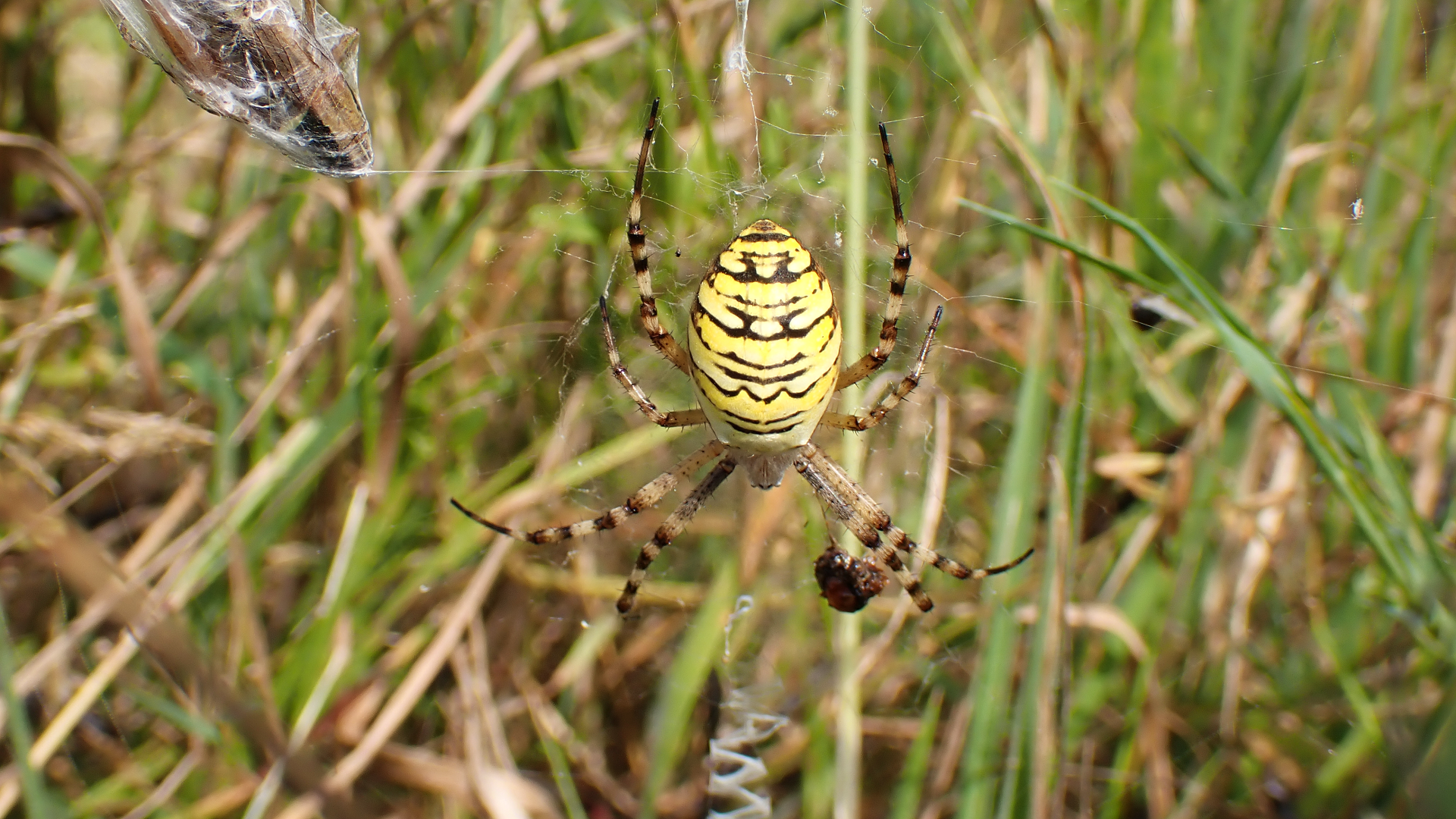
© Raymond Small TQ4894 01/08/2024
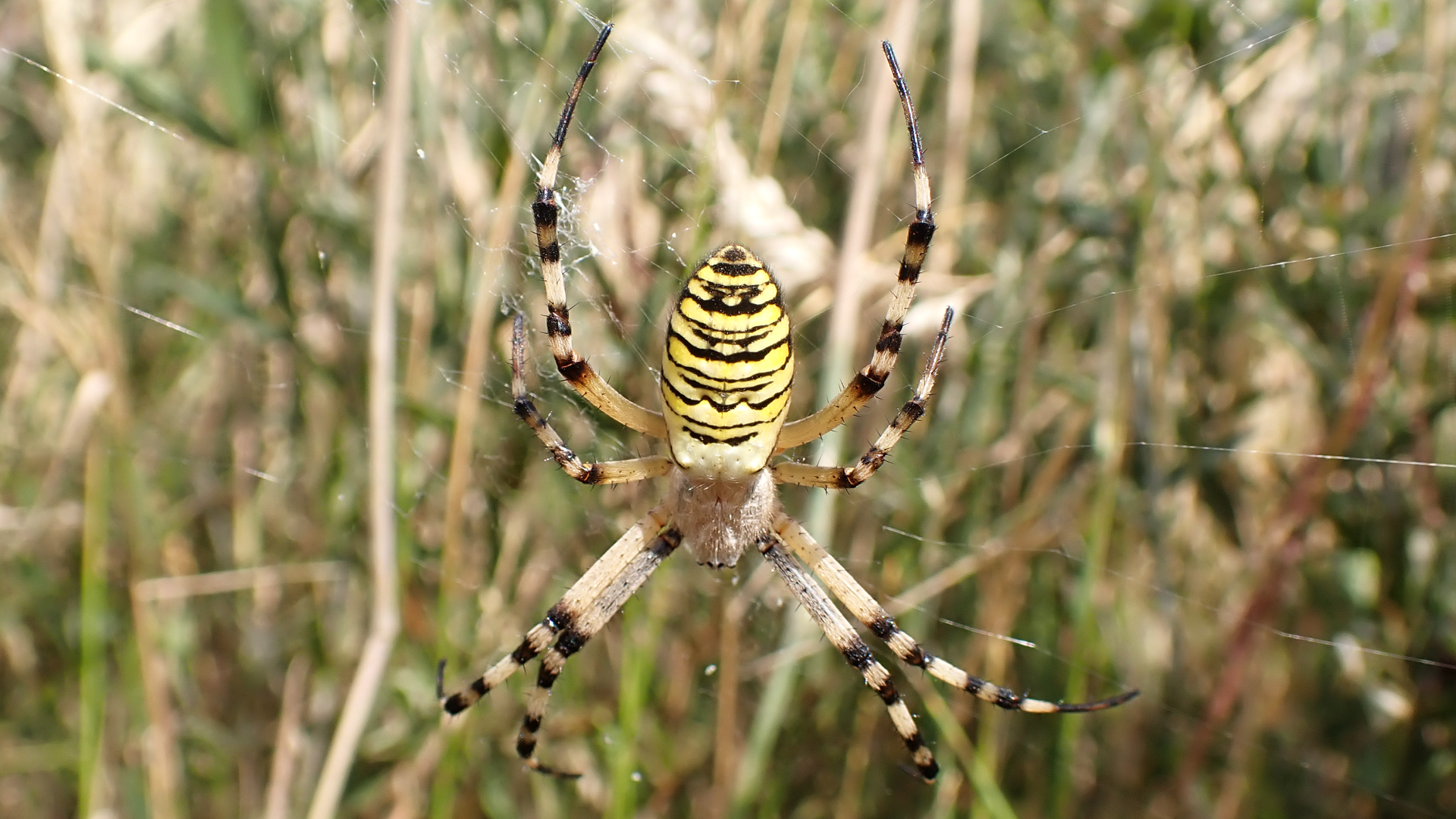
© Raymond Small TQ4894 01/08/2024
Argiope bruennichi
Wasp Spiders build large orb webs in grassland which catch grasshoppers and crickets. Males often get eaten by females too so have to take care when mating. They often wait at the web's edge ready to pounce when the female moults into a mature form. At this time her jaws are soft so he is less likely to become a victim. Males are smaller than the females and pale brown.
MAYFLY
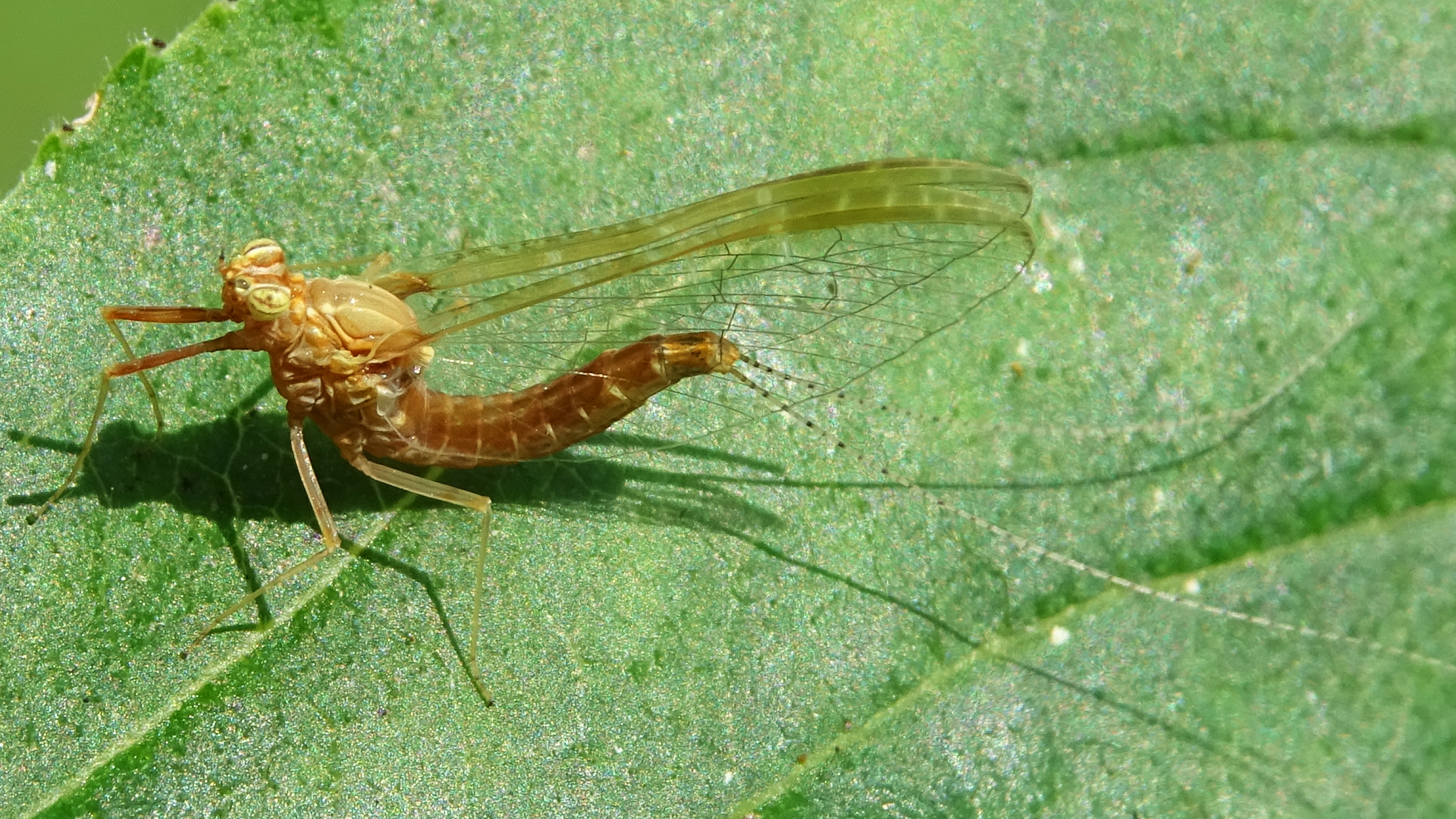
© Raymond Small TQ4792 01/08/2024*
Cloeon dipterum
A tiny mayfly (5 mm length) resting on a buckthorn leaf. It is the commonest British mayfly species, often found around small lakes and ponds from May until October. Males have turbinate (top-shaped) eyes that are believed to assist in locating isolated females in a mating swarm. Females are ovoviviparous producing eggs that form inside the maternal body. The eggs hatch as soon as they are released and hit the water. The aquatic larvae consume algae and pond detritus. Adults do not feed, instead their main motive for living is to mate.
JERSEY TIGER
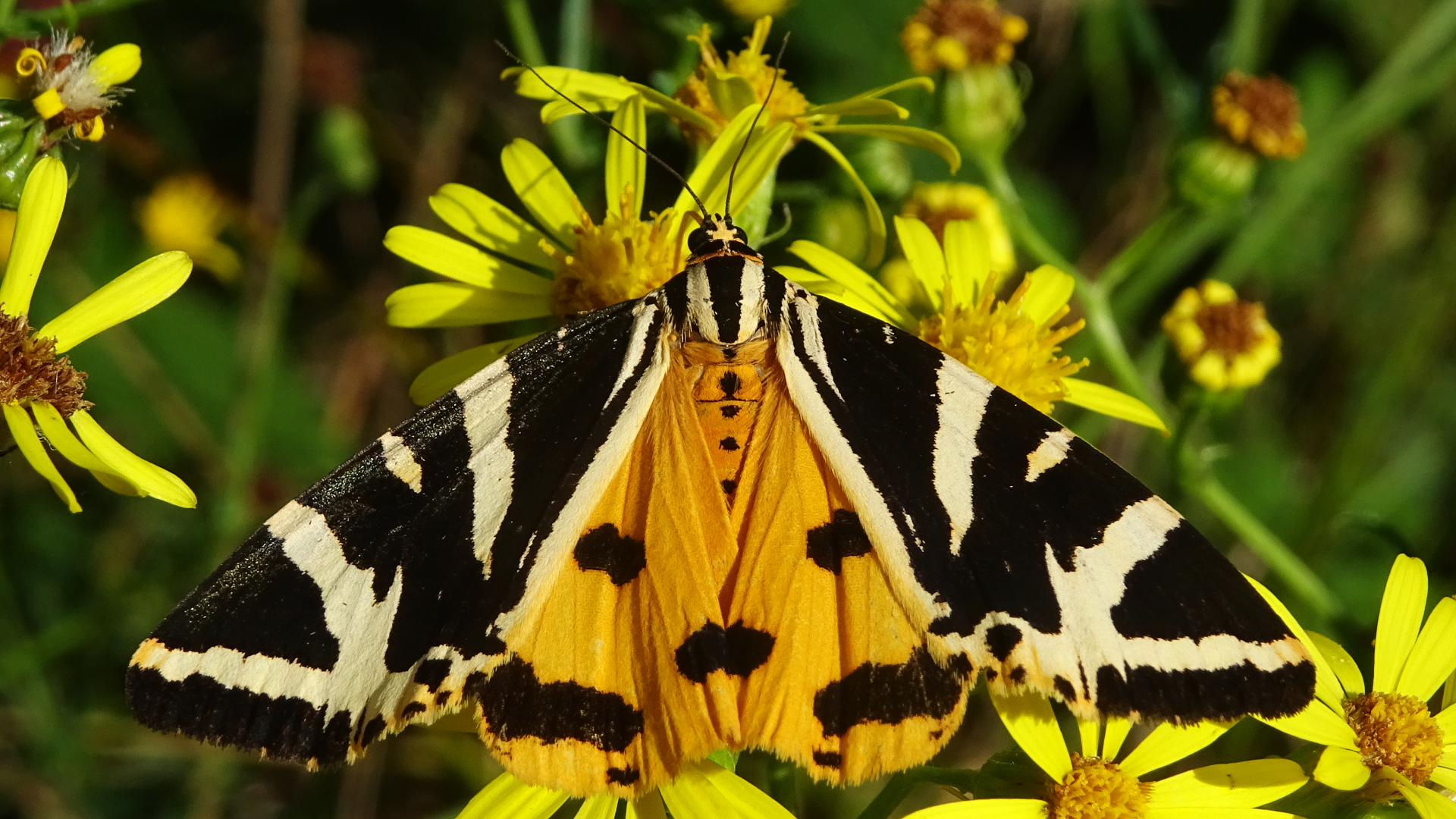
© Raymond Small TQ4792 13/08/2024
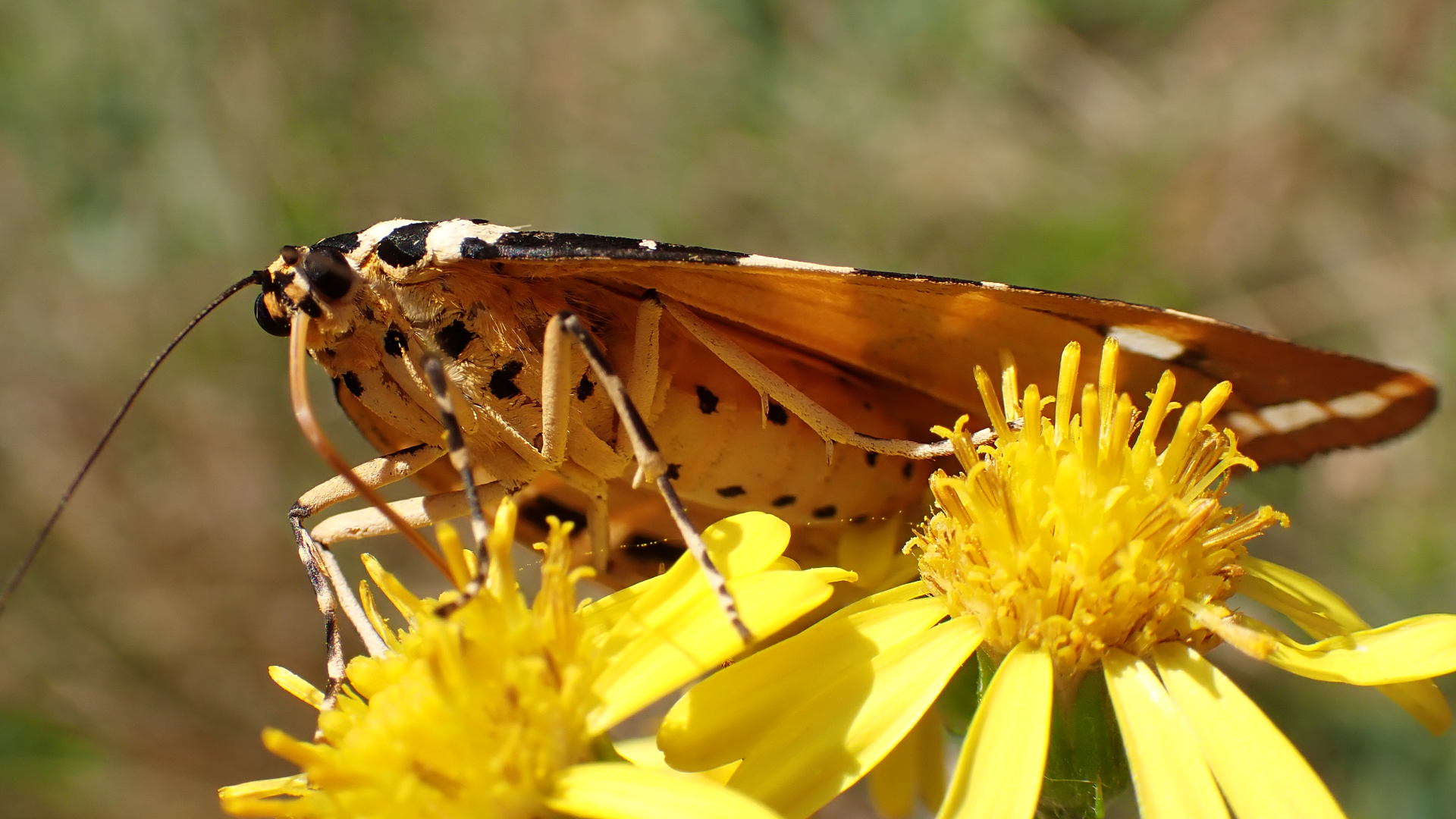
© Raymond Small TQ4792 13/08/2024
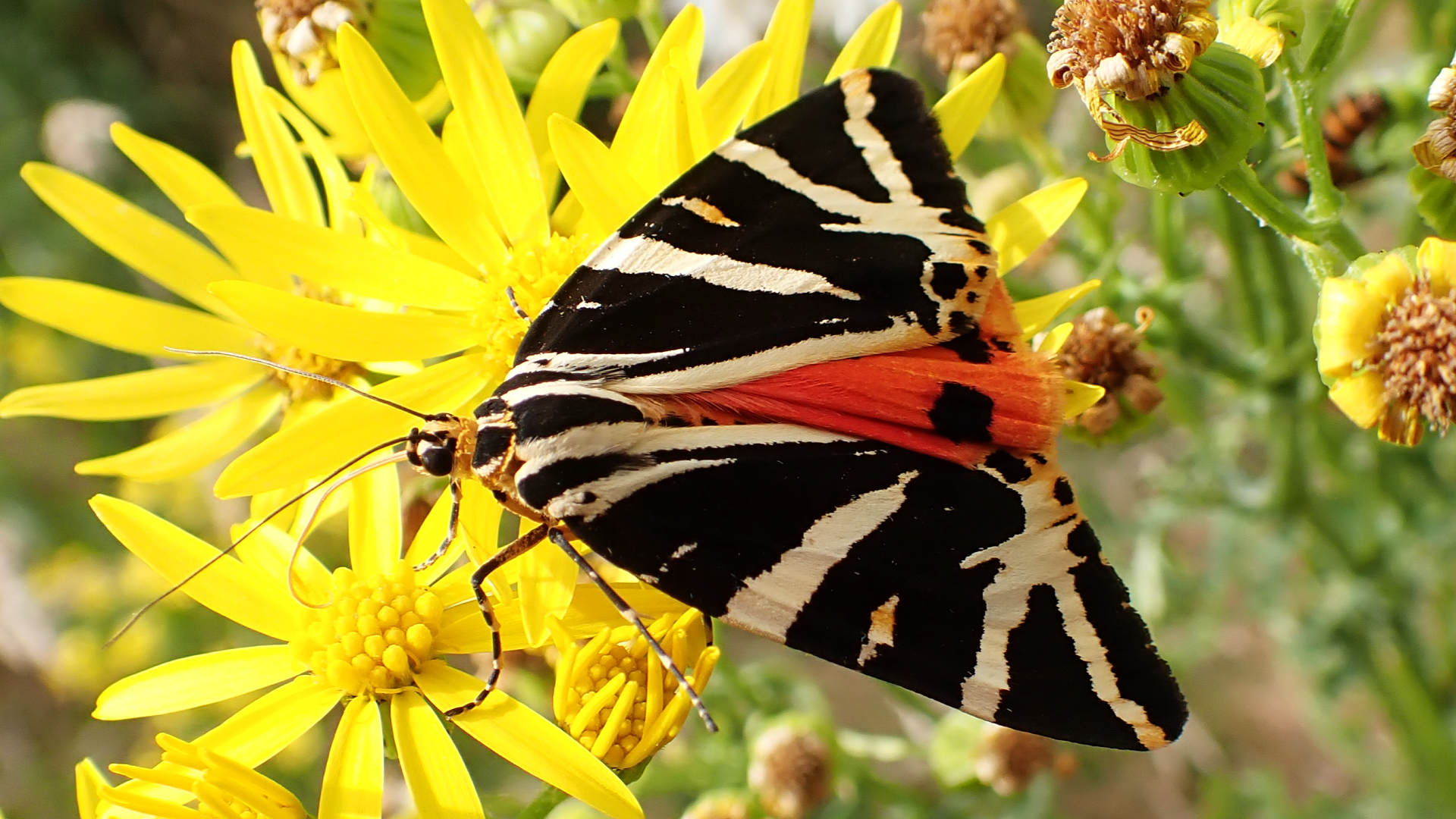
© Raymond Small TQ4792 04/08/2024
Euplagia quadripunctaria
The Jersey Tiger originates from the Channel Islands and since 2017 has become a prolific sight in the Hainault area. It flies during daytime from July to September and many people mistake it for an orange-coloured butterfly when flying. The larvae feed on nettles, hemp-agrimony, plantains and other shrubs.
COMMON GRASS MOTH
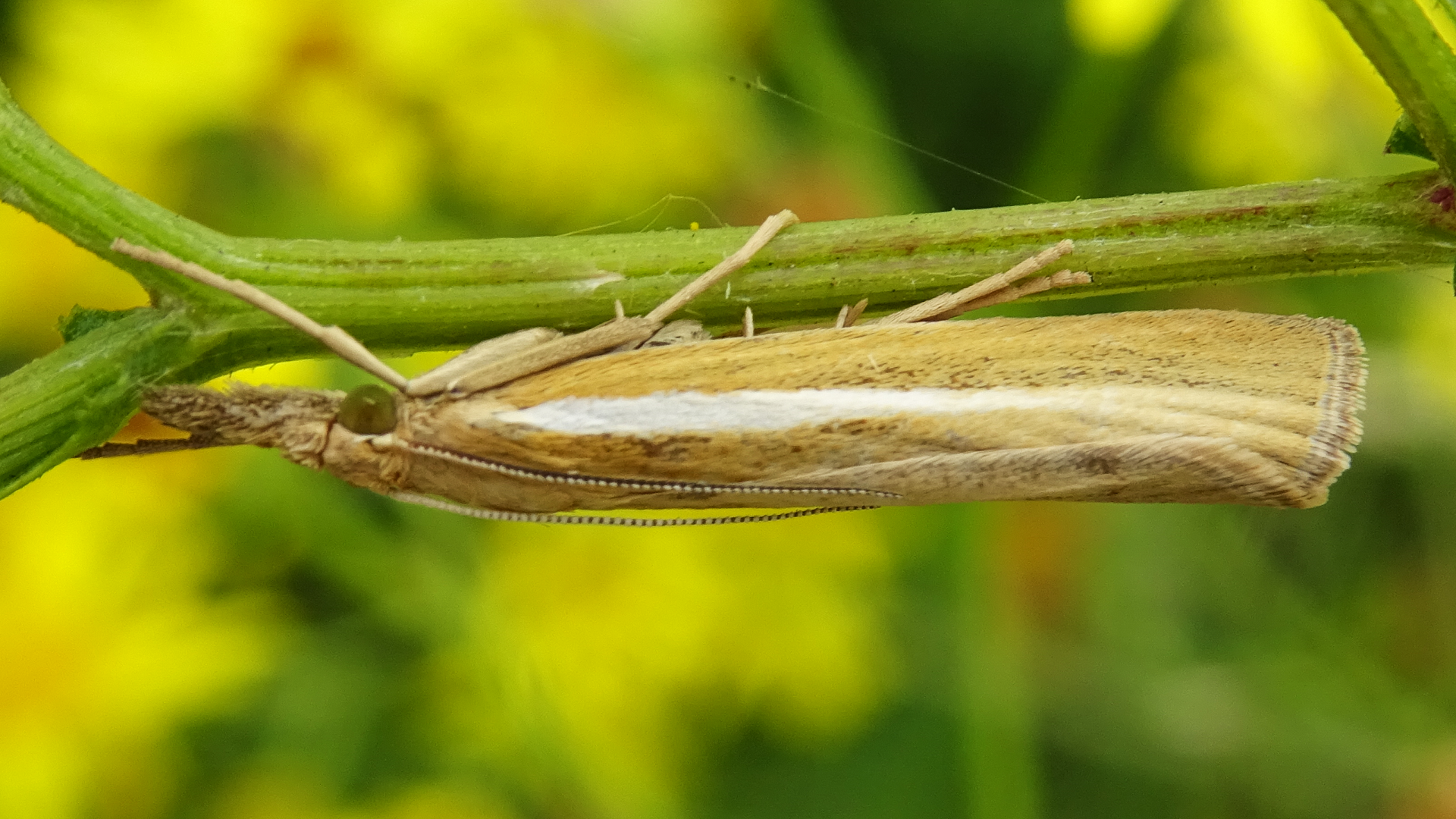
© Raymond Small TQ4792 14/08/2024
Agriphila tristella
A very common micro-moth that flies from June until September. Its larvae feed on various grasses. This species is easily disturbed when walking through long grass.
COMMON FROG
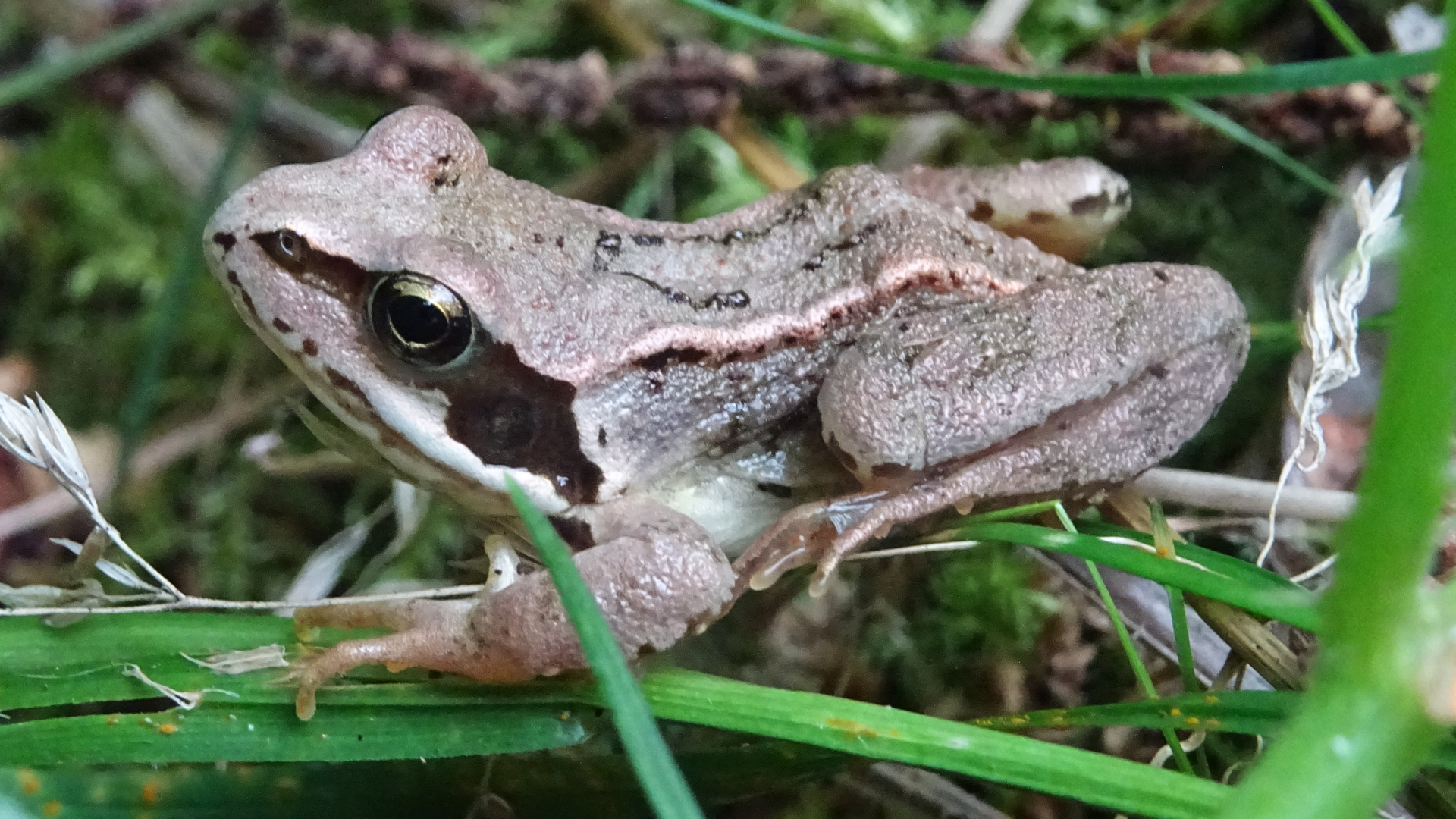
© Raymond Small TQ4793 10/08/2024
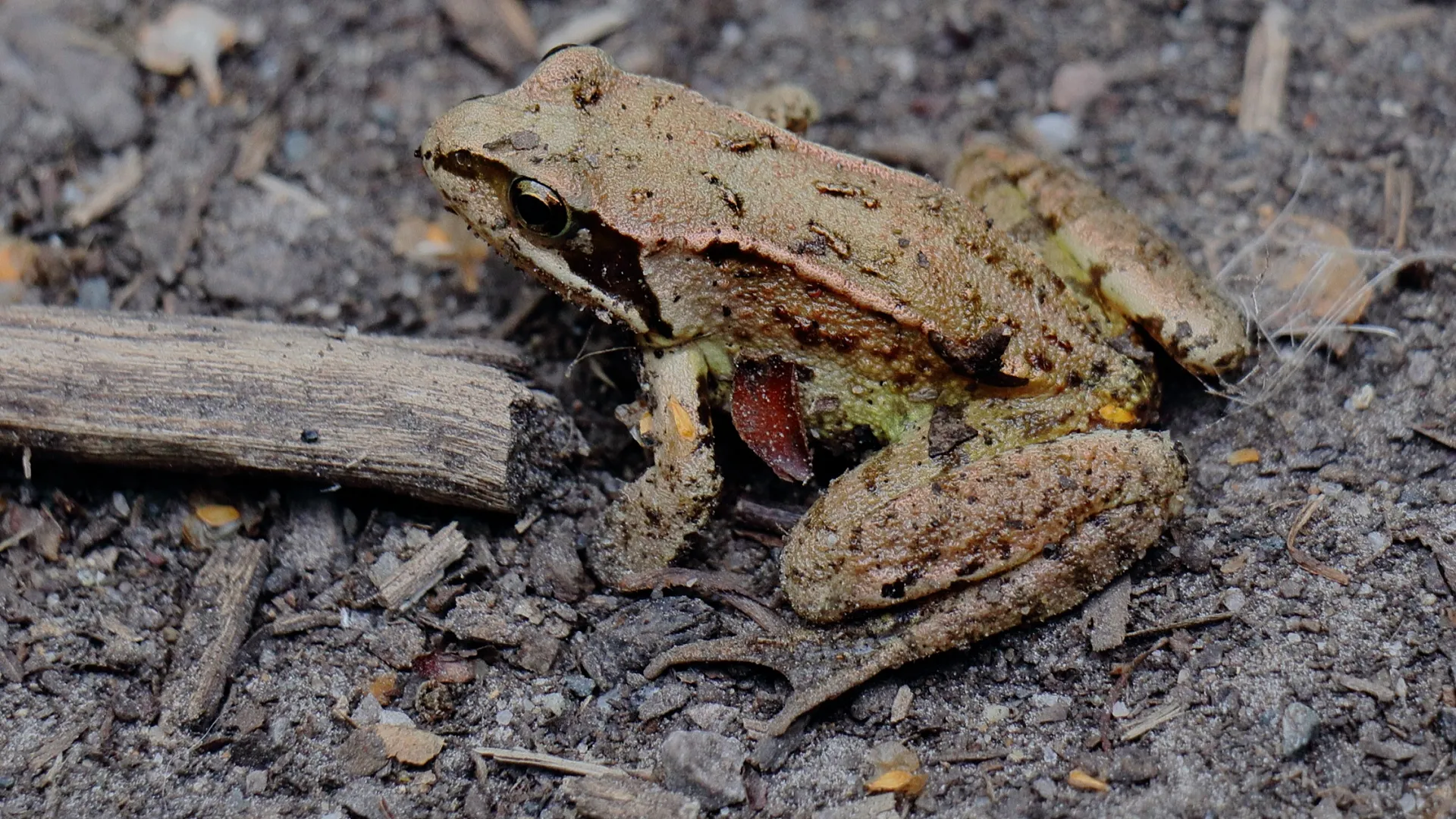
© Mike Rumble TQ4793 05/08/2024
Rana temporaria
Common Frogs can be found in various colours, ranging from all shades of olive, brown or grey, but seldom are they bright green. There is normally a dark patch behind the eye and dark bands on the legs. Individuals are able to alter colour in response to light and temperature conditions.
RED-SIDED PARASITE FLY
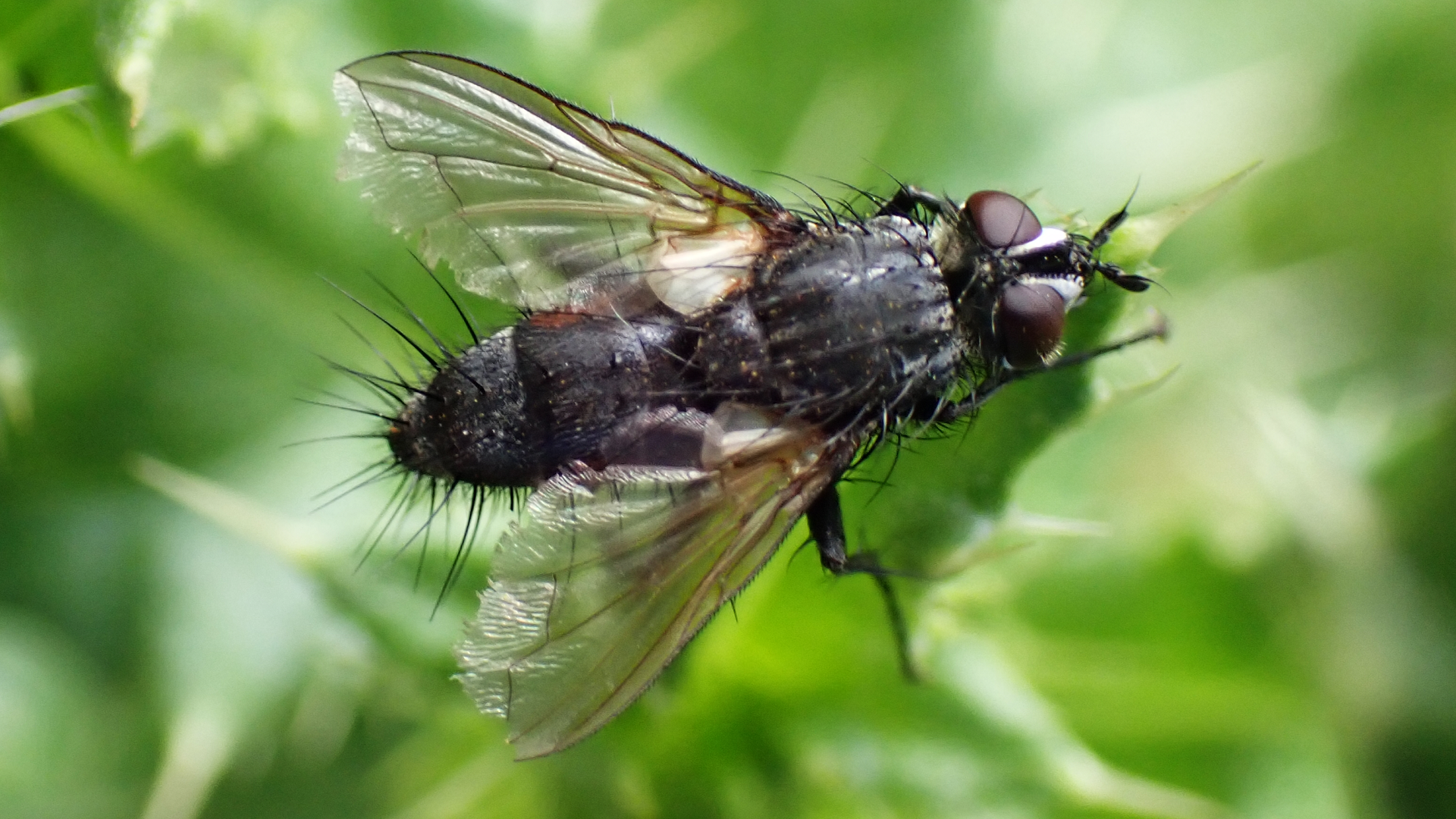
© Raymond Small TQ4792 14/08/2024
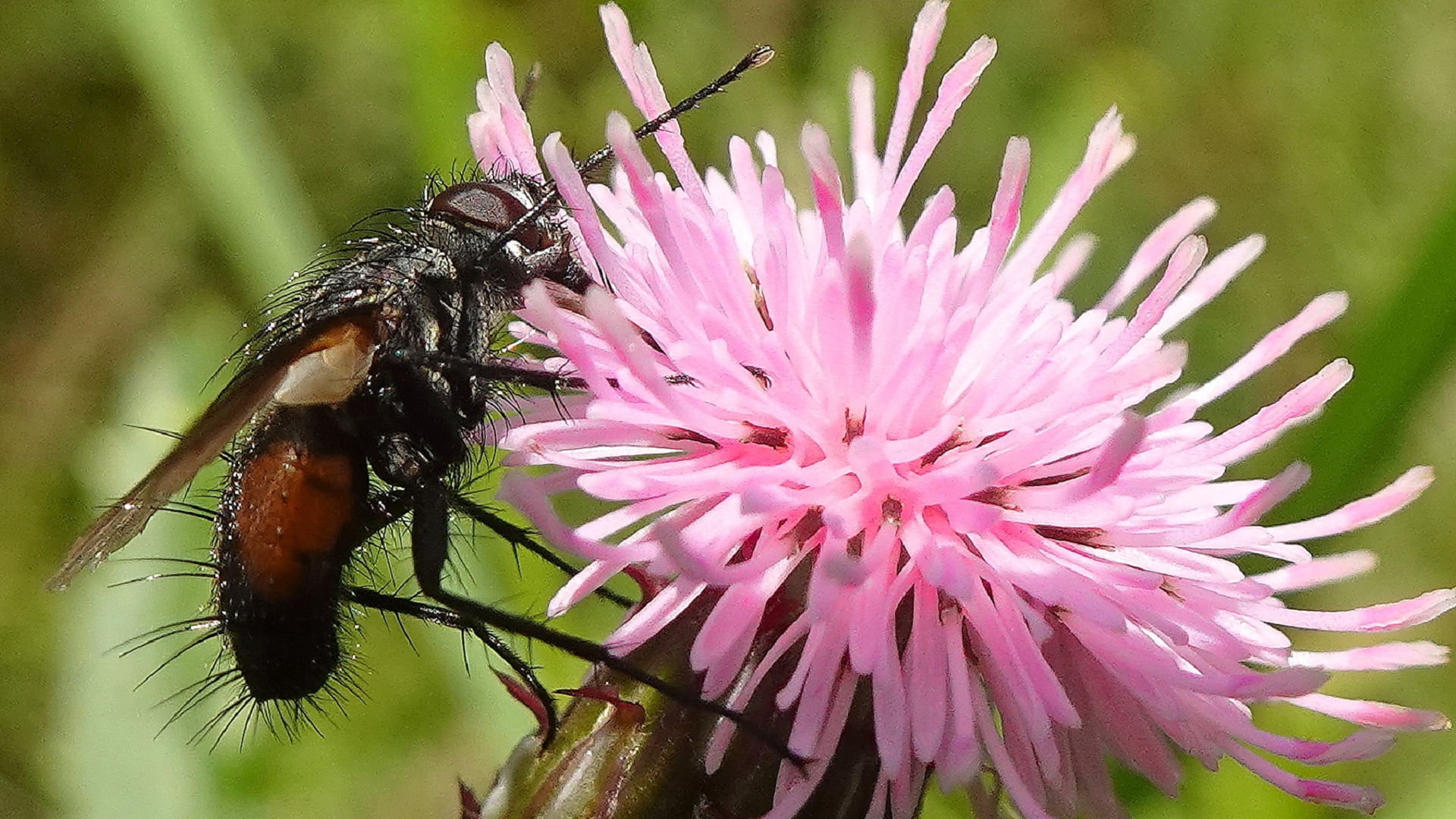
© Mike Rumble TQ4792 02/08/2024
Eriothrix rufomaculata
This bristly fly visits flowers during summer and autumn especially umbellifers such as Hogweed and Wild Carrot. There are reddish markings on the abdomen with a black dorsal line in between. Its parasitic larvae develop inside moth caterpillars.
BOX BUG
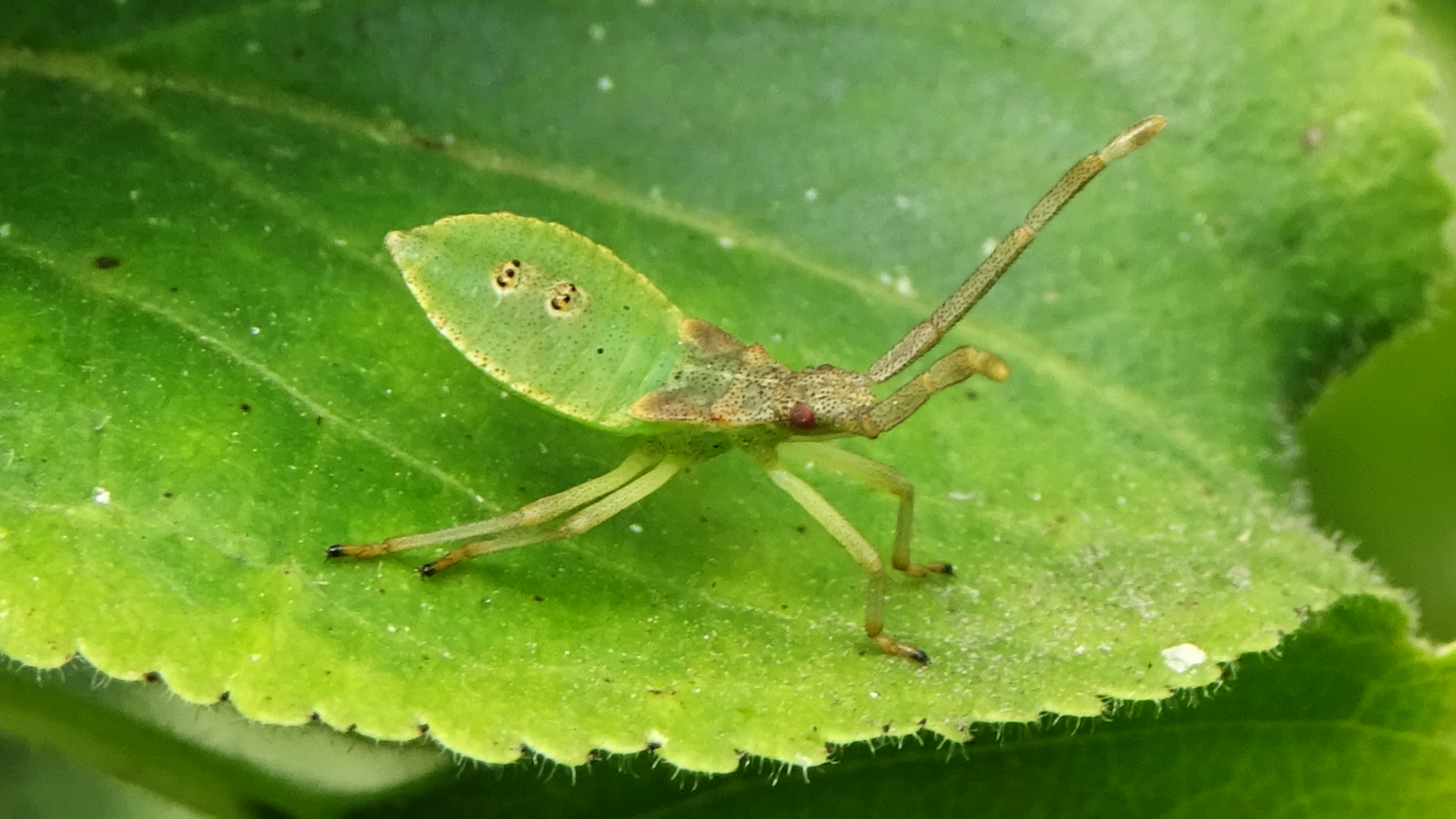
© Raymond Small TQ4792 03/08/2024
Gonocerus acuteangulatus
This is a late-instar nymph of a Box Bug. Only a decade ago this species was very rare except at Box Hill in Surrey where it fed on Box trees. After gaining an appetite for other foodplants it has since rapidly spread across the country and is now most frequently found on hawthorn and buckthorn.
CINNAMON BUG
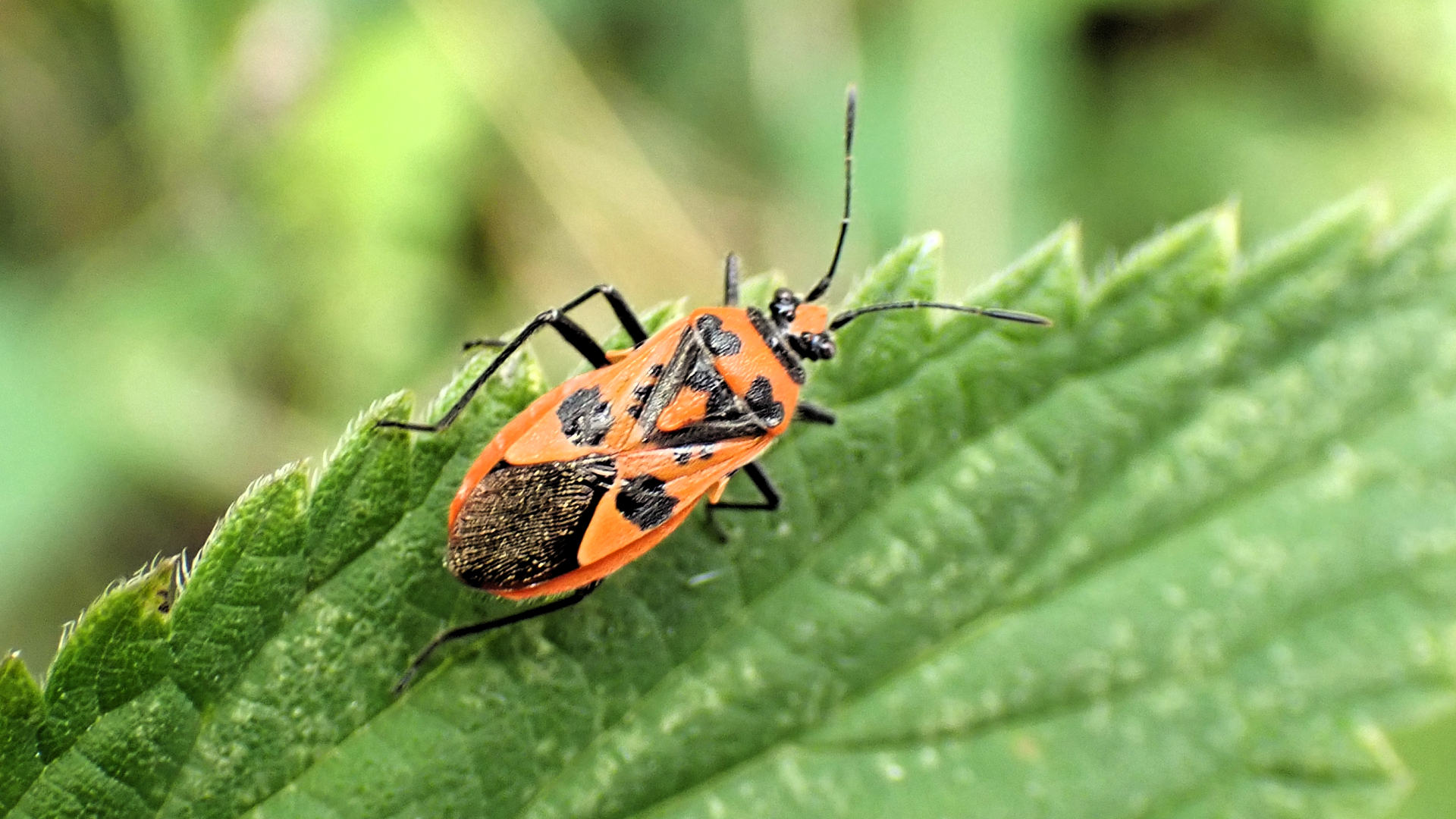
© Raymond Small TQ4793 14/08/2024
Corizus hyoscyami
Brightly coloured bug measuring about 9 mm. Once considered a coastal species but now becoming more frequent inland. The family Rhopalidae are scentless plant bugs that lack well-developed scent glands.
HYPERICUM RHOPALID
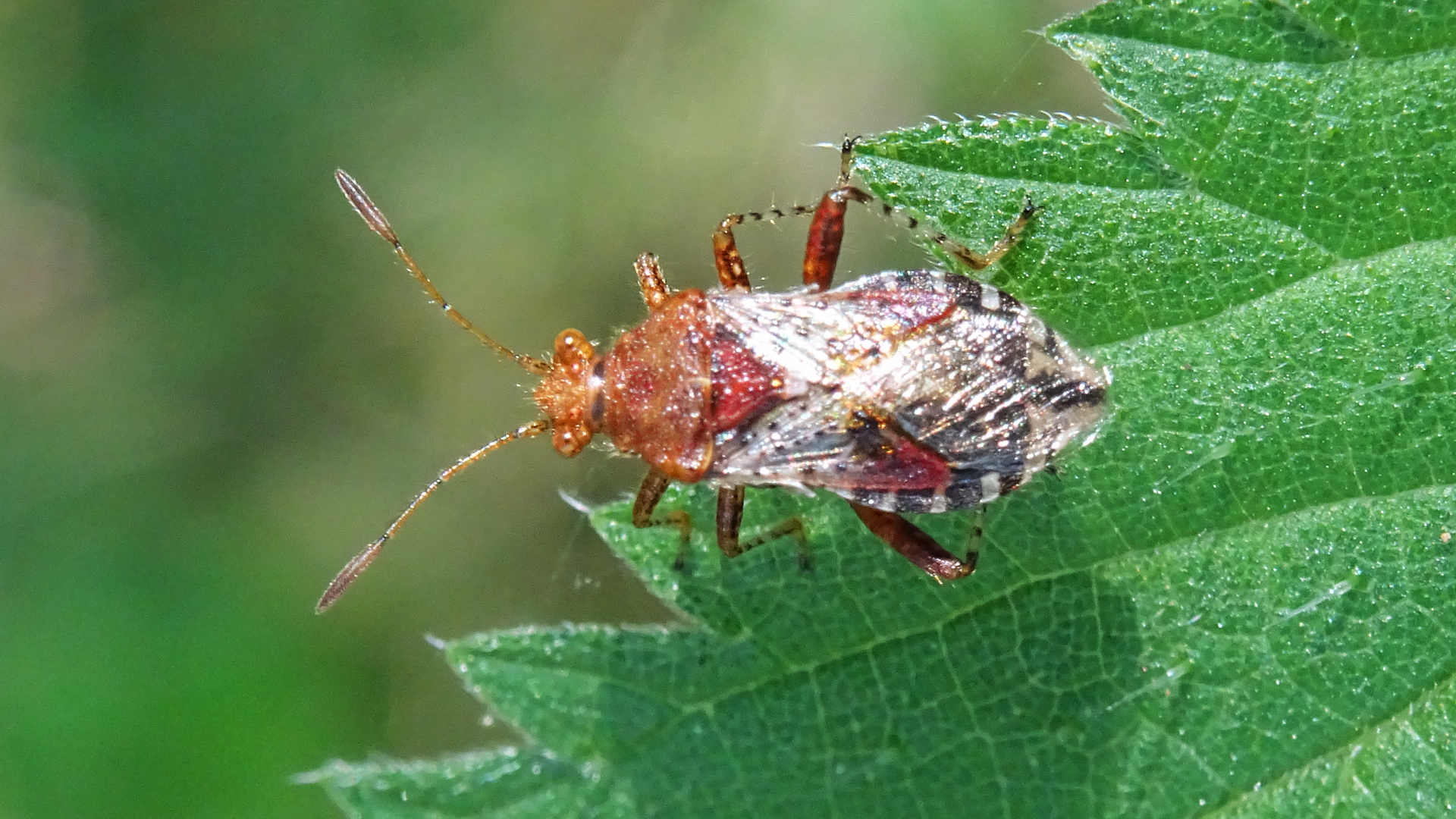
© Raymond Small TQ4793 12/08/2024
Rhopalus subrufus
Found on stinging nettles this red bug is associated with woodland clearings. They overwinter as adults and the new generation appears in August. Length about 7 mm.
GORSE SHIELDBUG
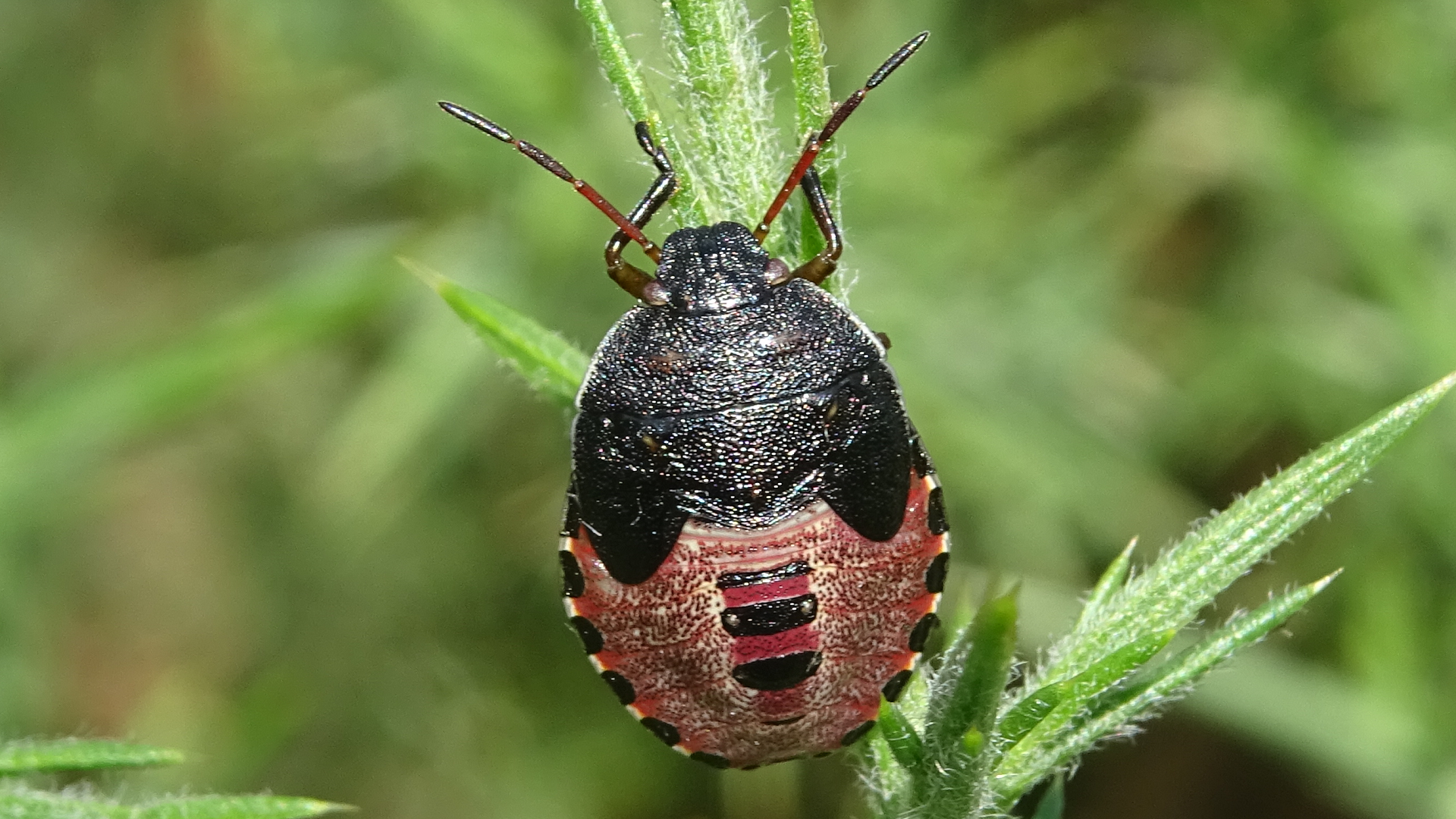
© Raymond Small TQ4892 15/08/2024
Piezodorus lituratus
This is a final instar nymph of the Gorse Shieldbug. The new generation of adults appear late summer.
COMMON GREEN SHIELDBUG
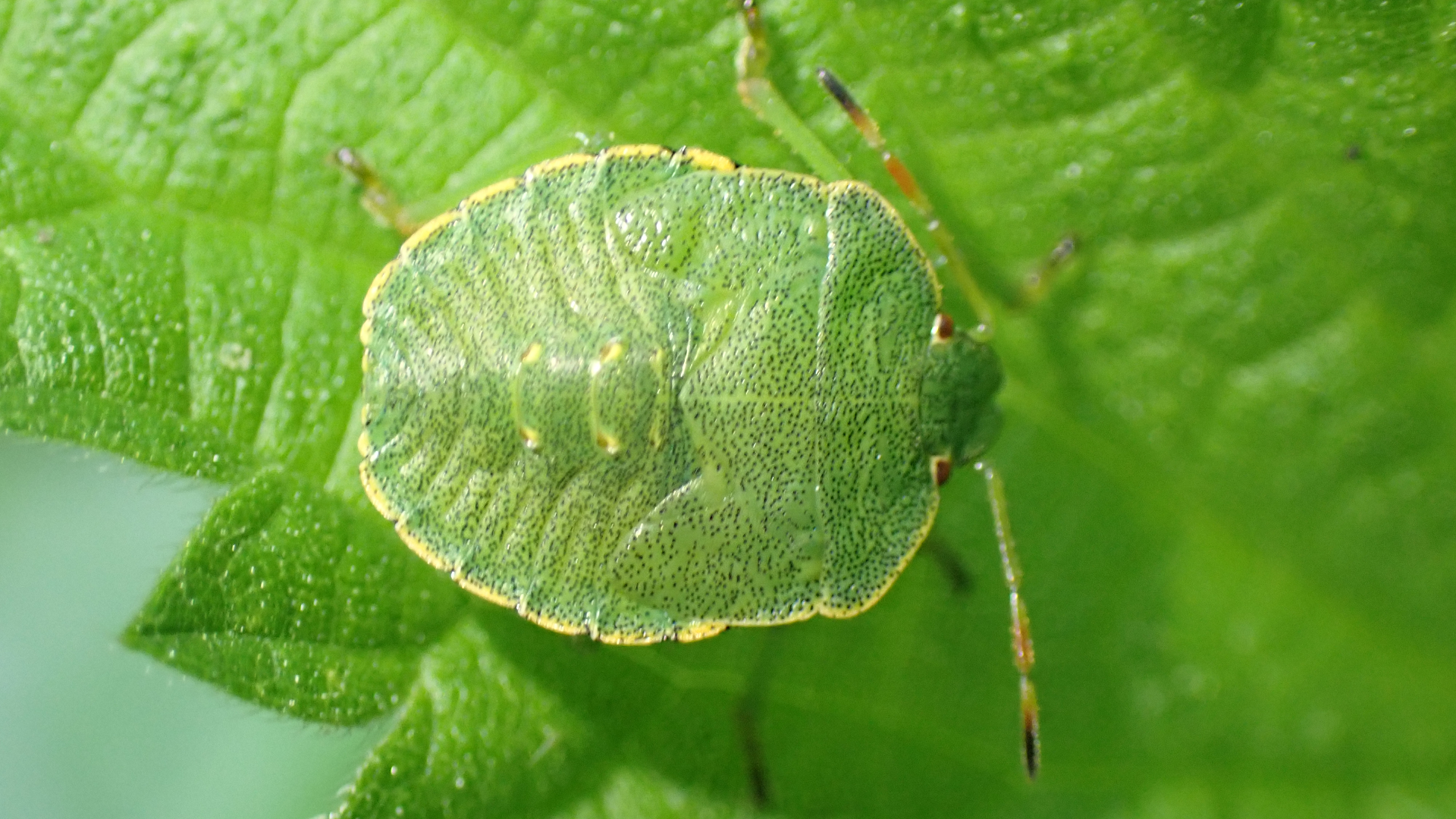
© Raymond Small TQ4793 05/08/2024
Palomena prasina
Common Green Shieldbug nymphs feed on a variety of deciduous trees and shrubs.
BUFF-TIP
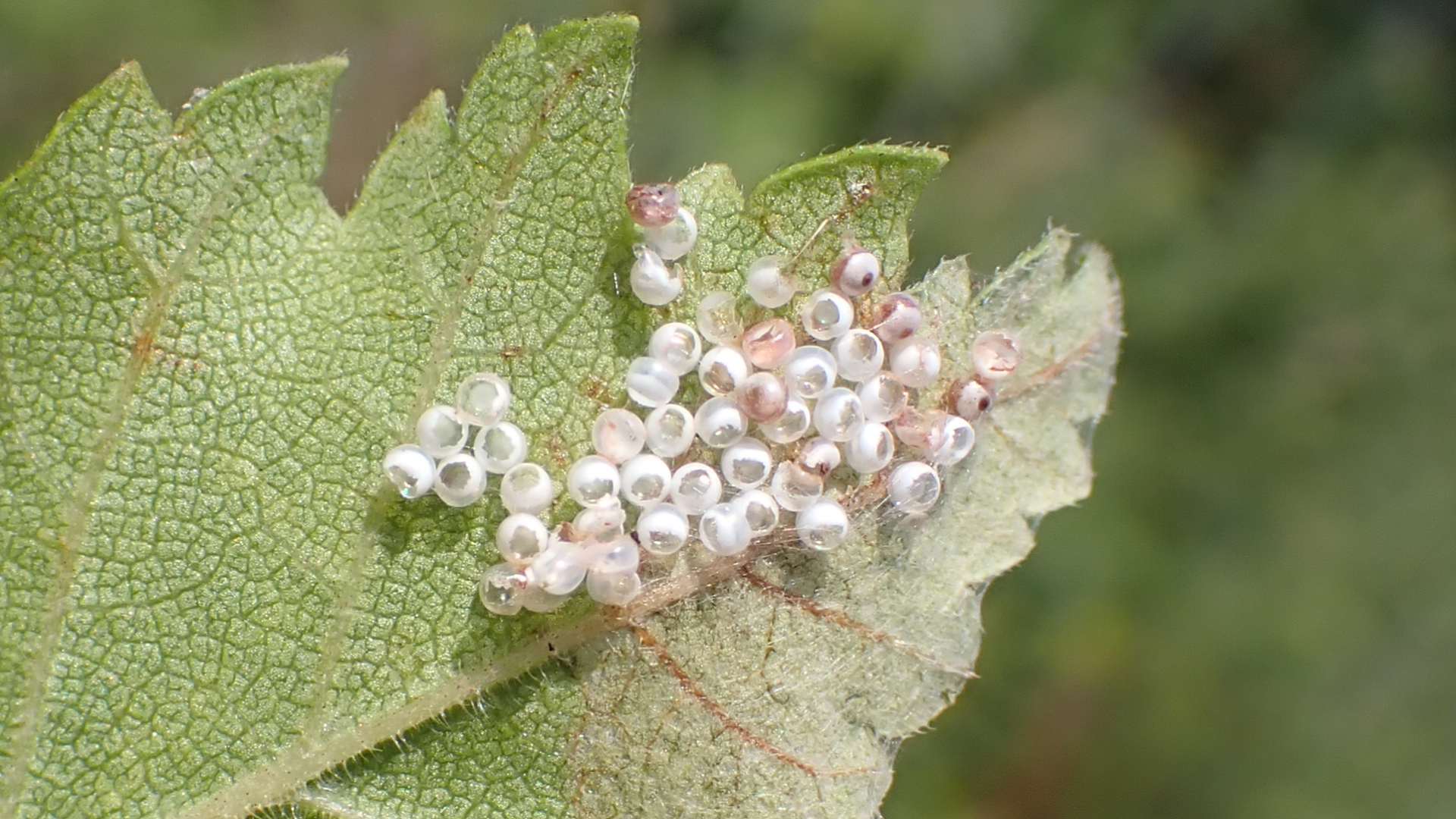
© Raymond Small TQ4894 01/08/2024
Phalera bucephala
These are freshly hatched eggs of a Buff-tip, an unusual-looking moth that resembles a birch or oak stem when at rest.
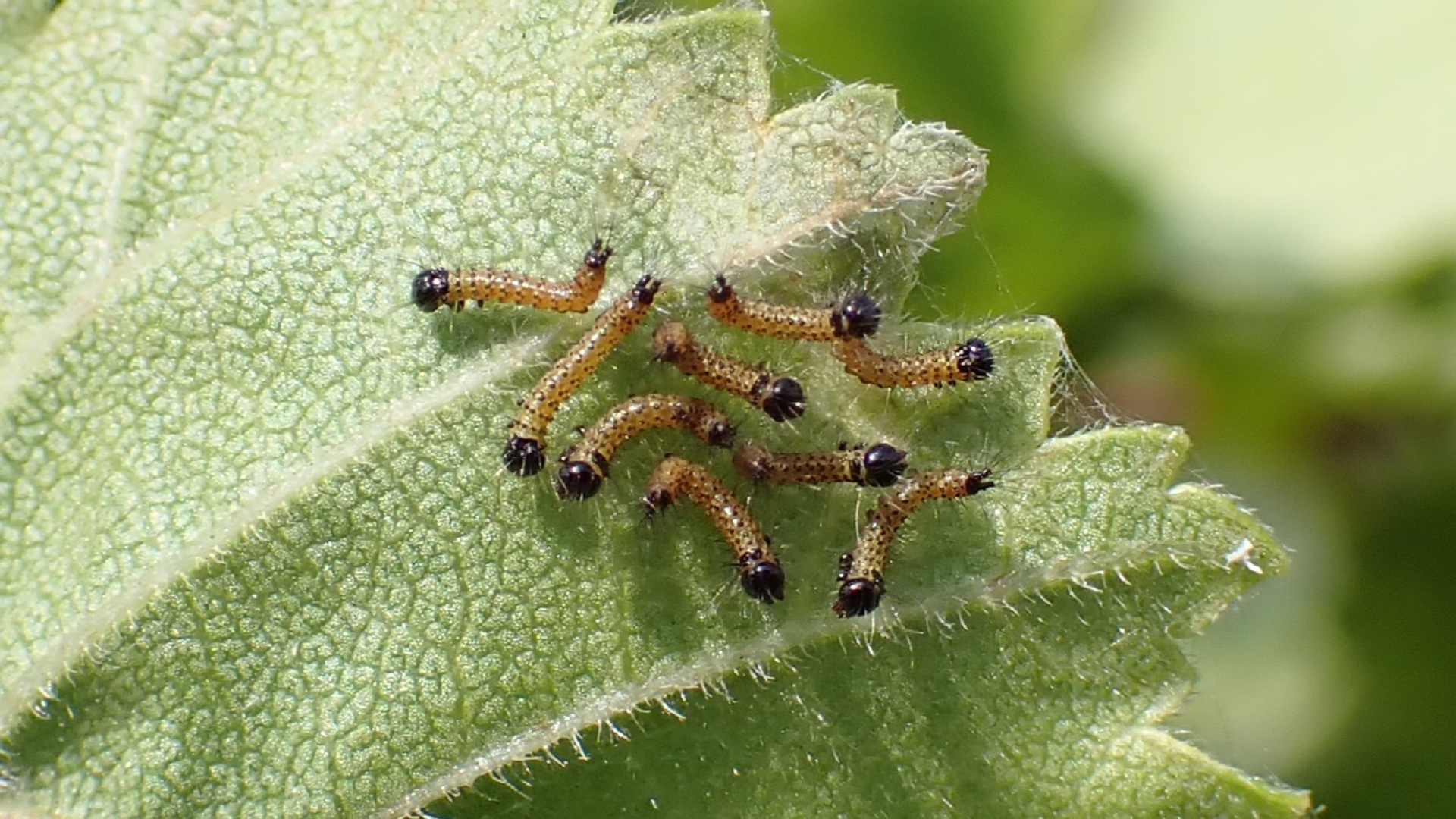
© Raymond Small TQ4894 01/08/2024
Young larvae can sometimes be found in large groups on the underside of leaves. They feed on broadleaved trees such as birch, sallow, oak and hazel.
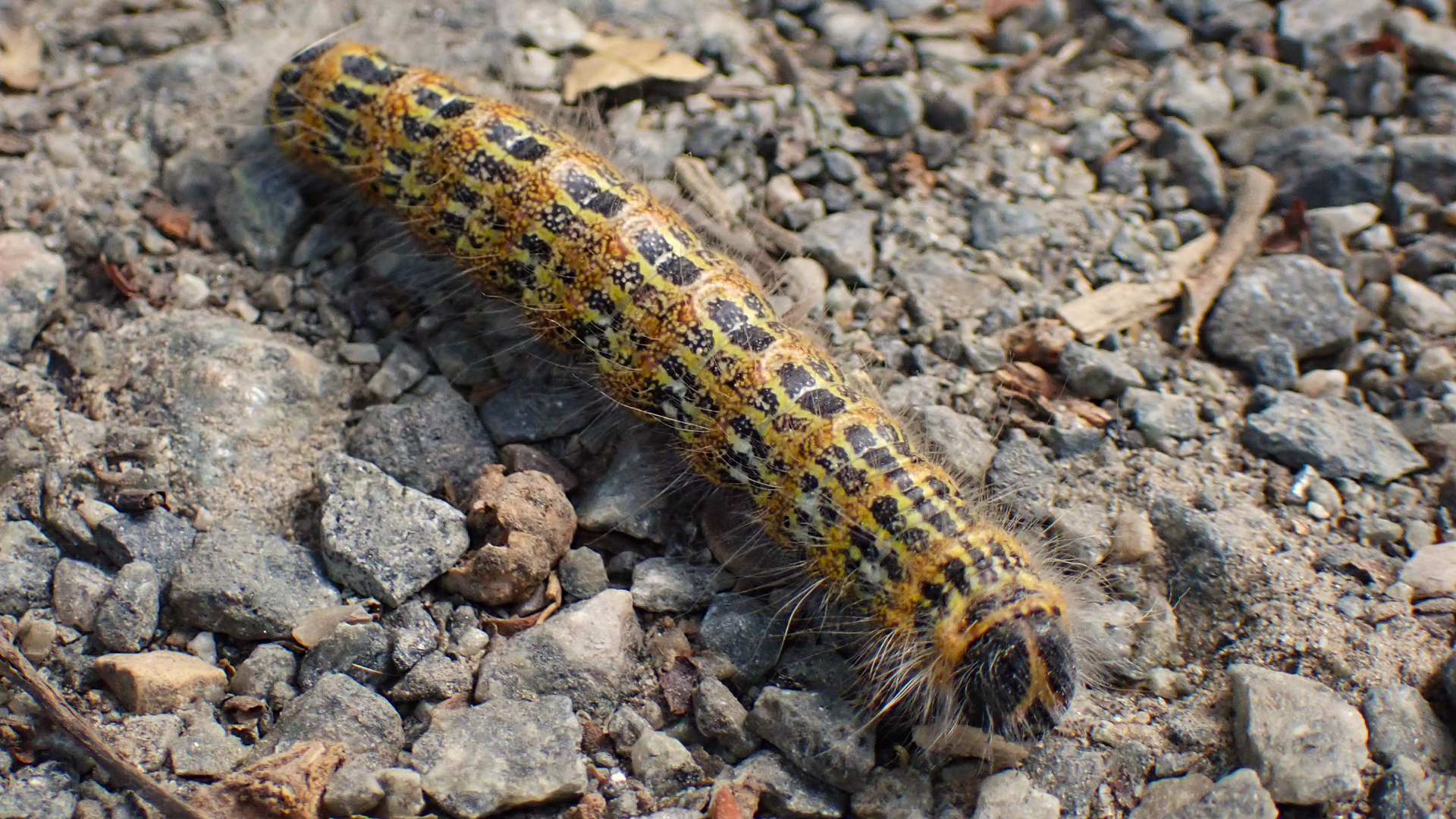
© Raymond Small TQ4793 05/08/2024
As Buff-tip larvae grow they become more distinctive with an obvious upside-down 'Y' on the face.
RUDDY DARTER
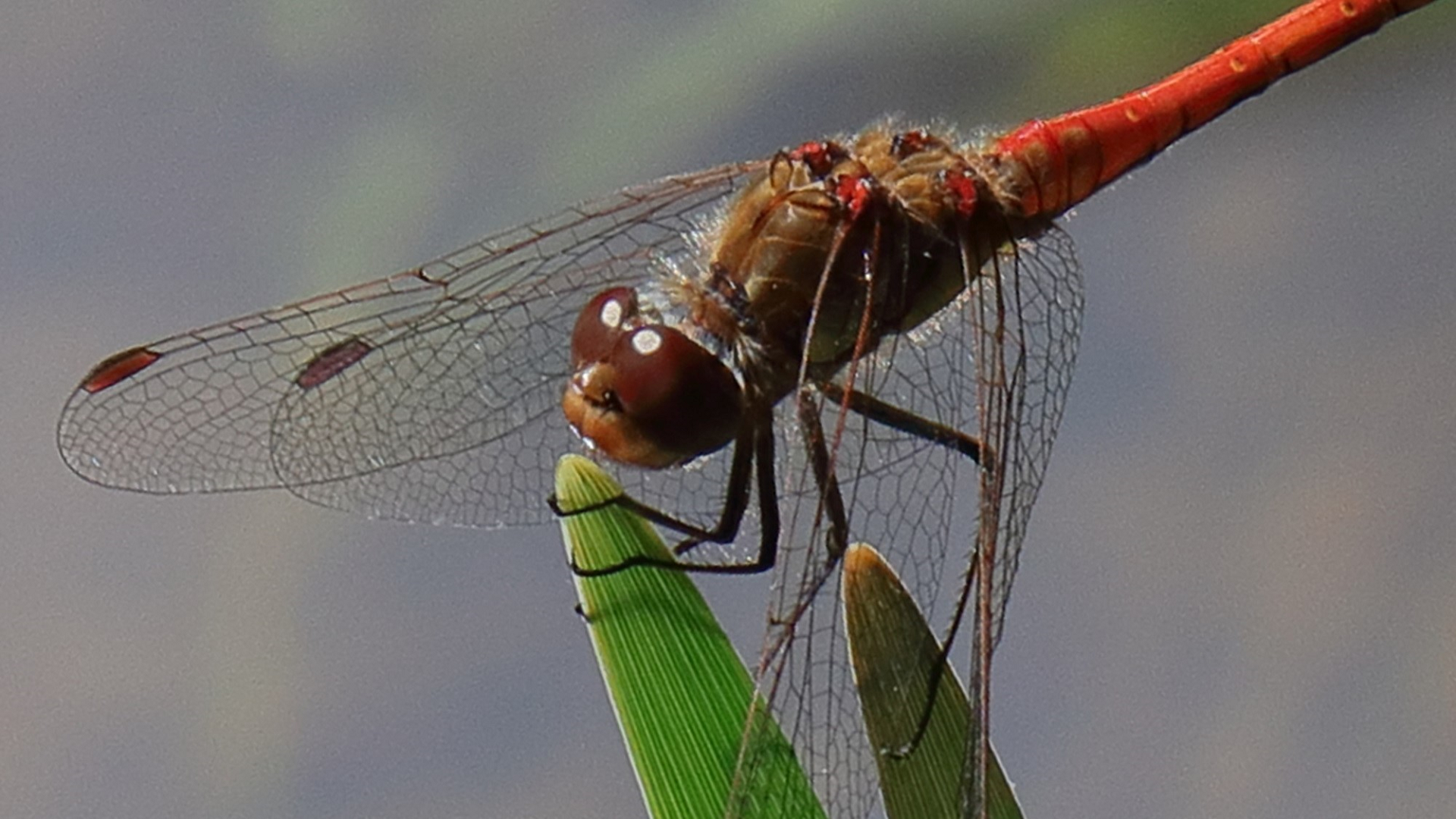
© Mike Rumble TQ4792 07/08/2024
Sympetrum sanguineum
This dragonfly is common around well vegetated ponds. Males are red and have club-shaped abdomens. Females have ochre-yellow abdomens with black markings and are not club-shaped. Both sexes have black legs.
NON-BITING MIDGE
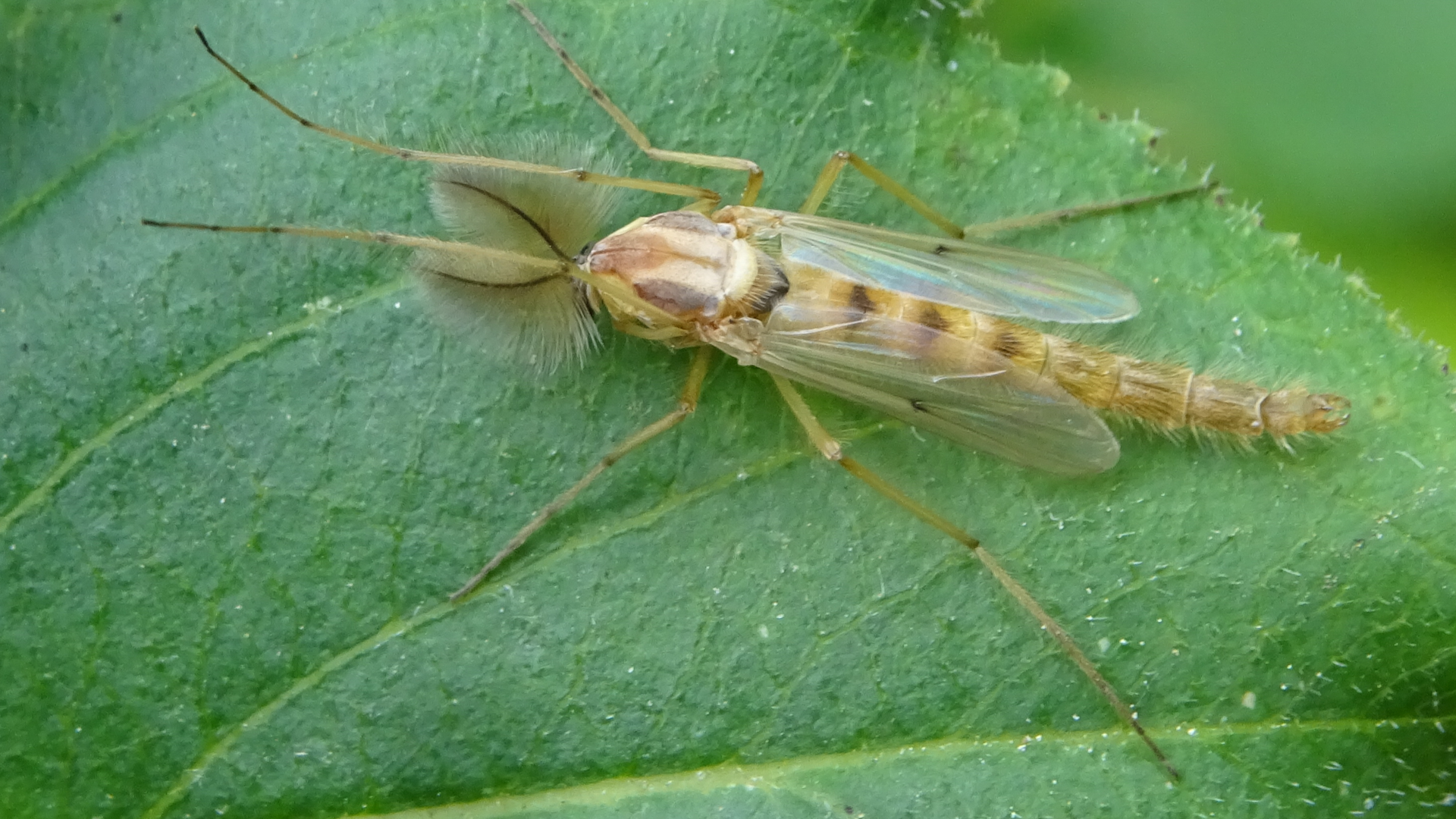
© Raymond Small TQ4792 03/08/2024
Chironomus agg,
Non-biting midges are found around water when females are ready for egg laying. Their larvae, known as 'bloodworms', live at the bottom of lakes and rivers. Males have prominent plumes on the head.
LONG-WINGED CONEHEAD
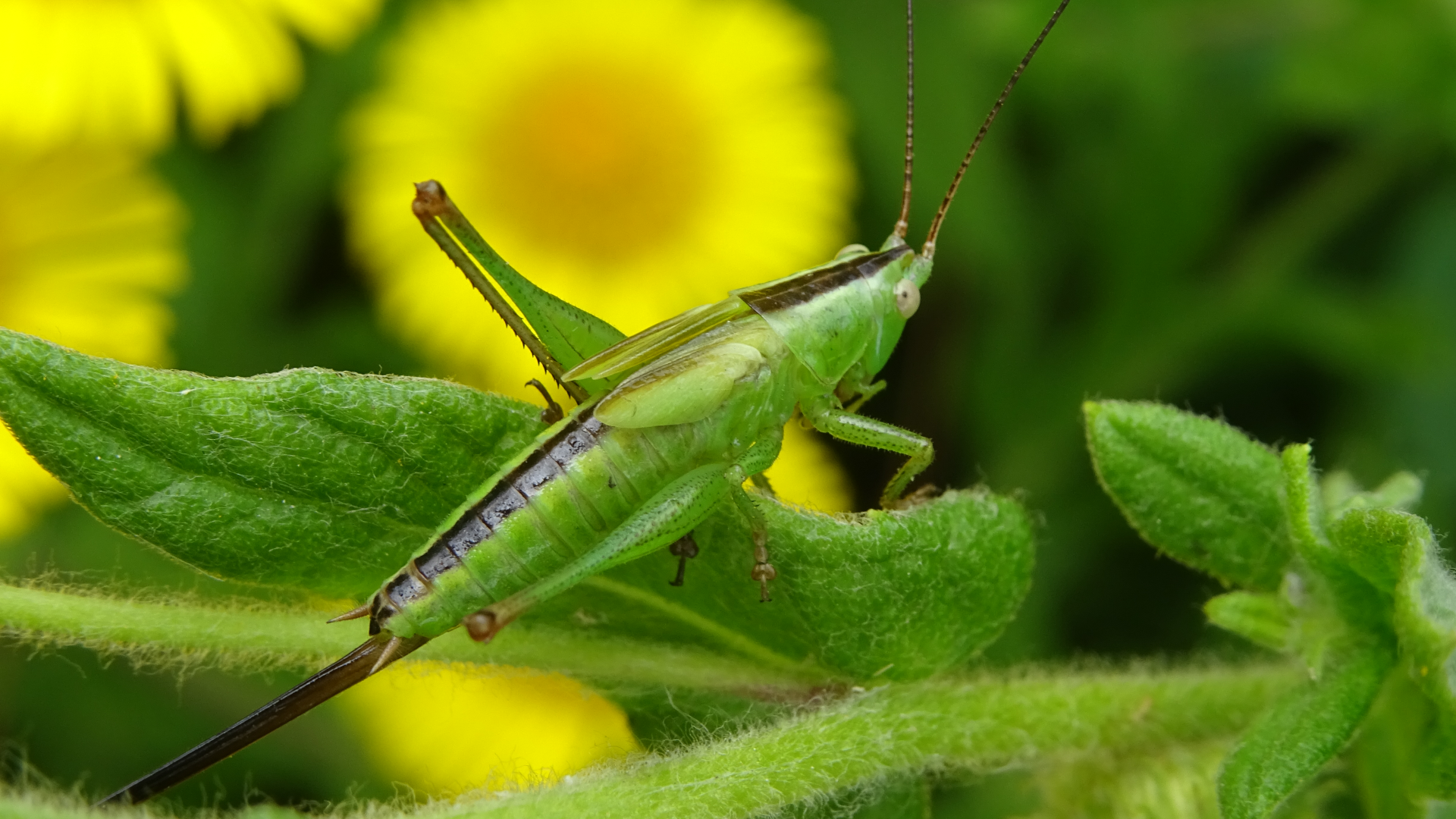
© Raymond Small TQ4792 03/08/2024
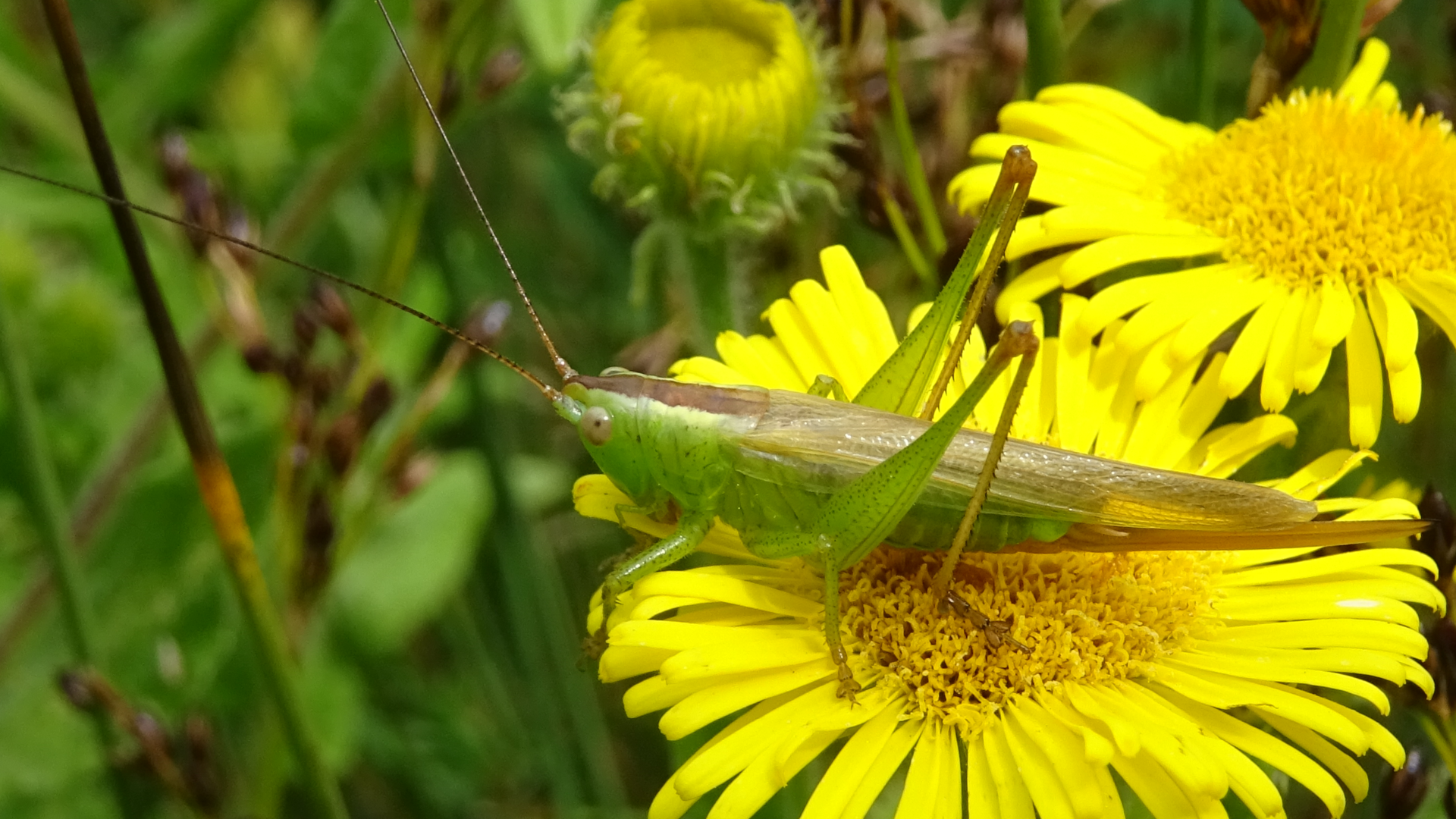
© Raymond Small TQ4792 03/08/2024
Conocephalus fuscus
These bush-crickets mainly feed on grass and sometimes small invertebrates. The common name is derived from the angled shape of the head. Females have a large ovipositor sticking out at the rear that is used to lay eggs. Adults are about 20mm long. Nymphs have short wings and a black stripe along the back.
SOUTHERN OAK BUSH CRICKET
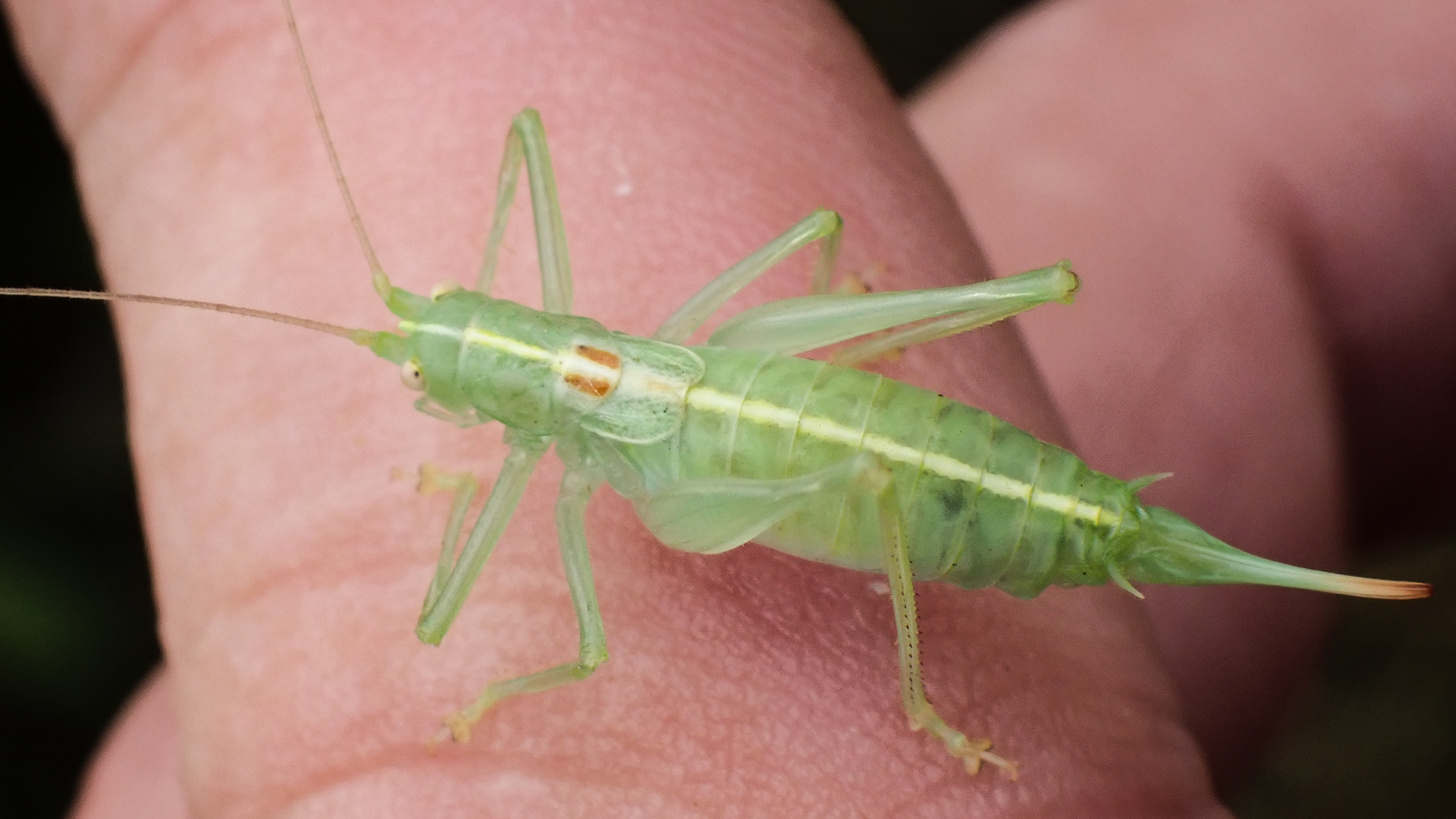
© Raymond Small TQ4792 14/08/2024
Meconema meridionale
A common species (14-17 mm long) found in oak woodland, first recorded in Britain in 2001. It is a predator of the Horse Chestnut Leaf Miner moth first recorded in the country a year after. This is a pale green bush-cricket with a pale-yellow dorsal stripe and two reddish-brown spots on top of the pro-thorax. The female has a long, slightly upturned ovipositor. The tiny wing flaps have become functionless in the course of evolution meaning this species cannot fly.
COMMON RED SOLDIER BEETLE
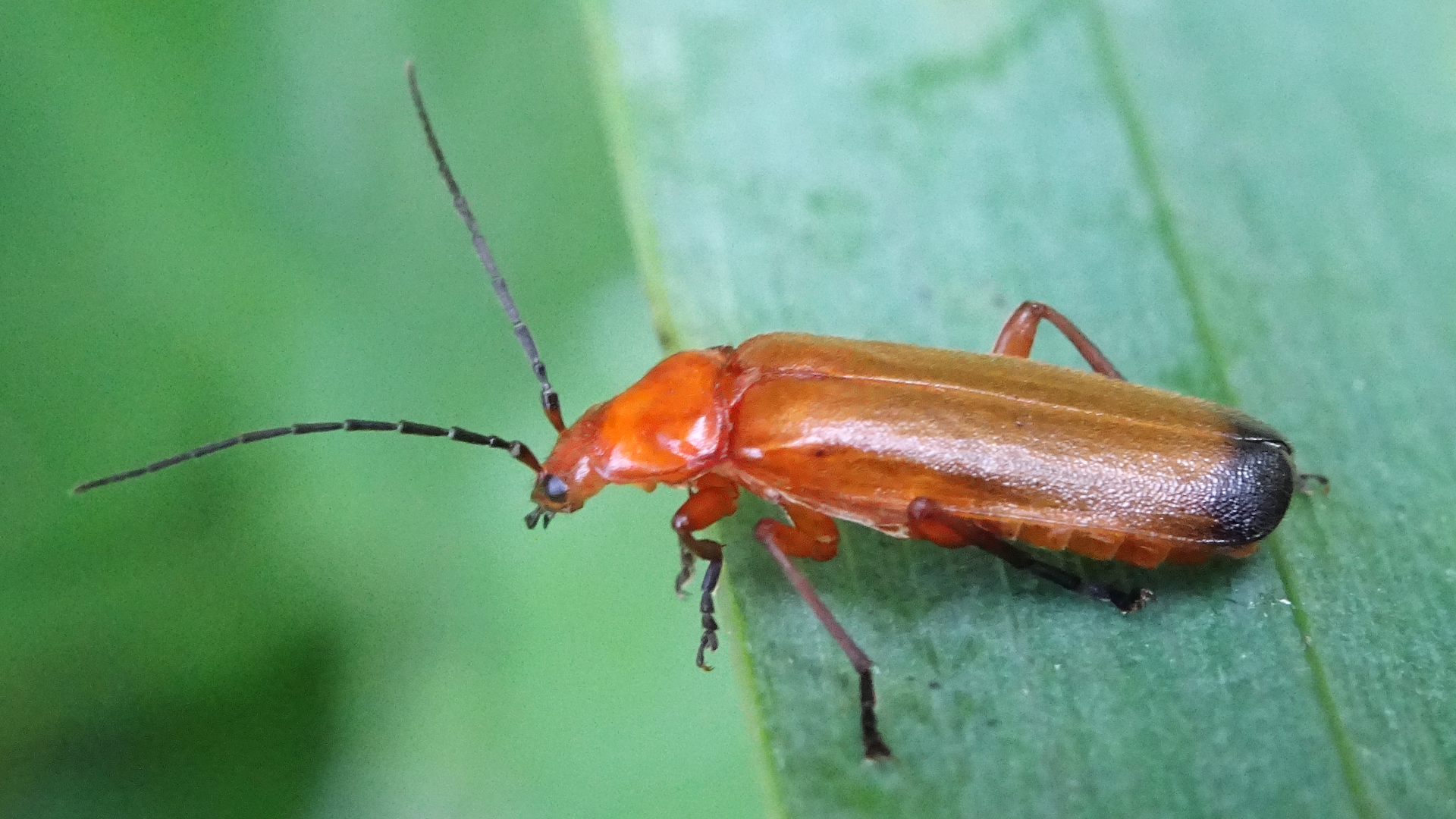
© Raymond Small TQ4793 12/08/2024
Rhagonycha fulva
This common beetle in often found on hogweed and cow parsley during July and August. They feed on nectar and pollen and also eat other insects that visit the flowers they are resting on.
DEAD MOLLS FINGERS
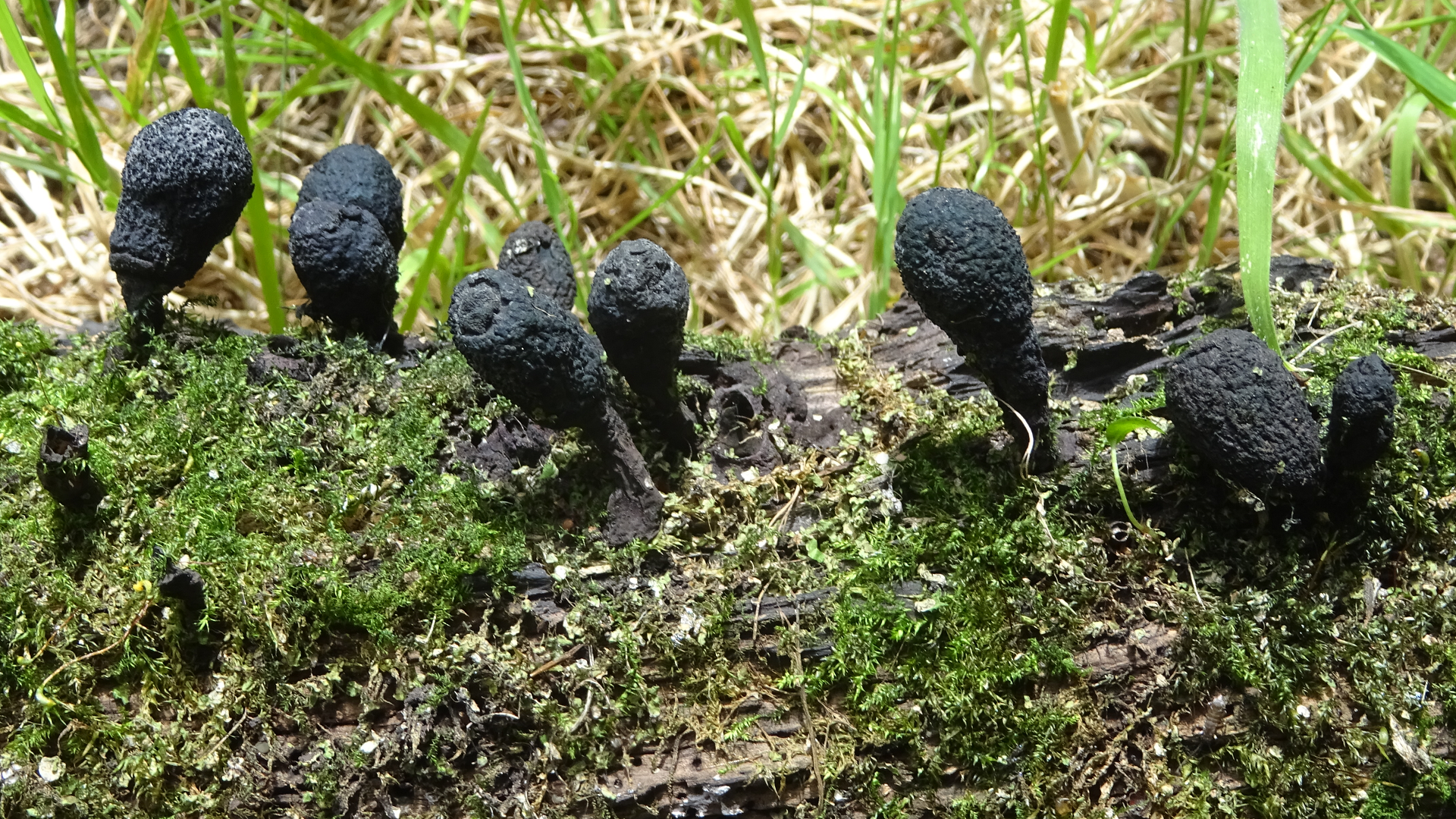
© Raymond Small TQ4793 05/08/2024
Xylaria longipes
Dead Moll's Fingers is a fungus found in damp habitats that feeds on dead or dying wood. Its club-shaped fruiting bodies are 2-8 cm in height, and up to 2 cm thick. The fingers usually appear in tufts similar to fingers of a dead hand.
SNEEZEWORT
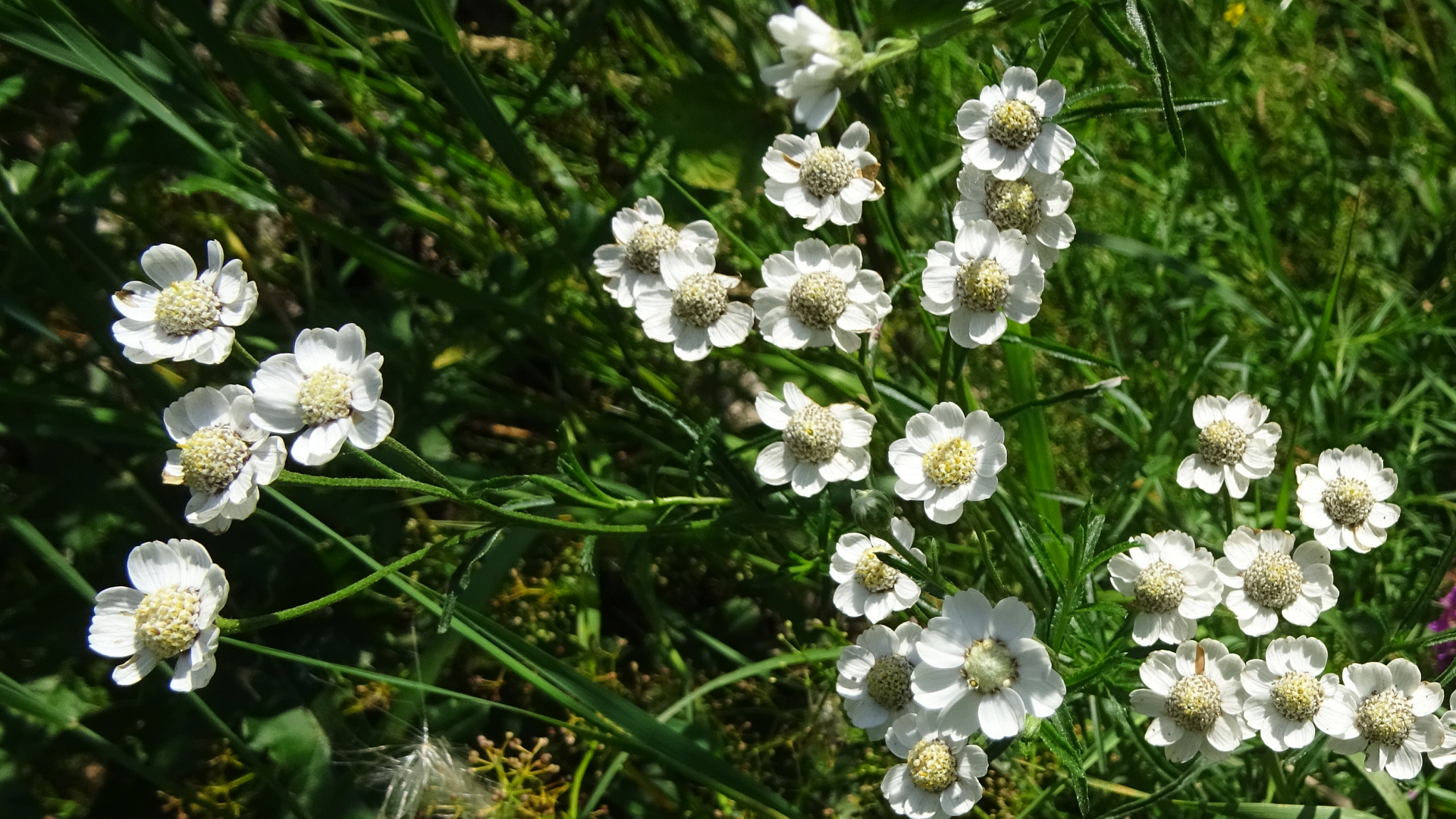
© Raymond Small TQ4792 12/08/2024
Achillea ptarmica
Sneezewort has a liking for damp acid grassland particularly on heavy clay-based soils. Flowers appear from July until September. This was growing at the edge of the recently restored Foxburrows Farm pond.
WATER MINT
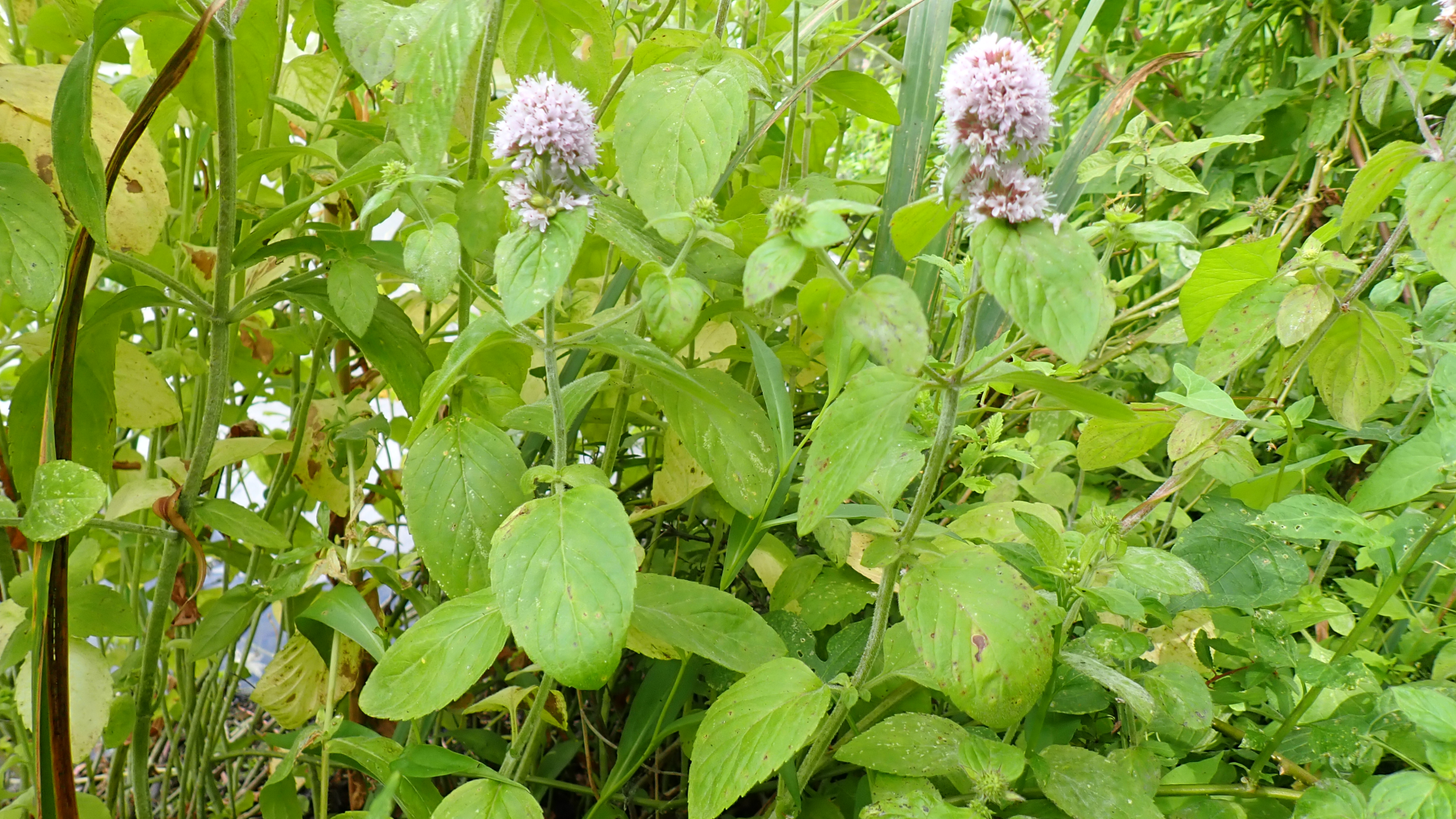
© Raymond Small TQ4792 03/08/2024
Mentha aquatica
Water Mint is a common aromatic perennial found by Hainault Lake and the forest ponds. It has a preference for damp habitats. The green or purple square stems may be hairy or almost hairless.
FLEABANE
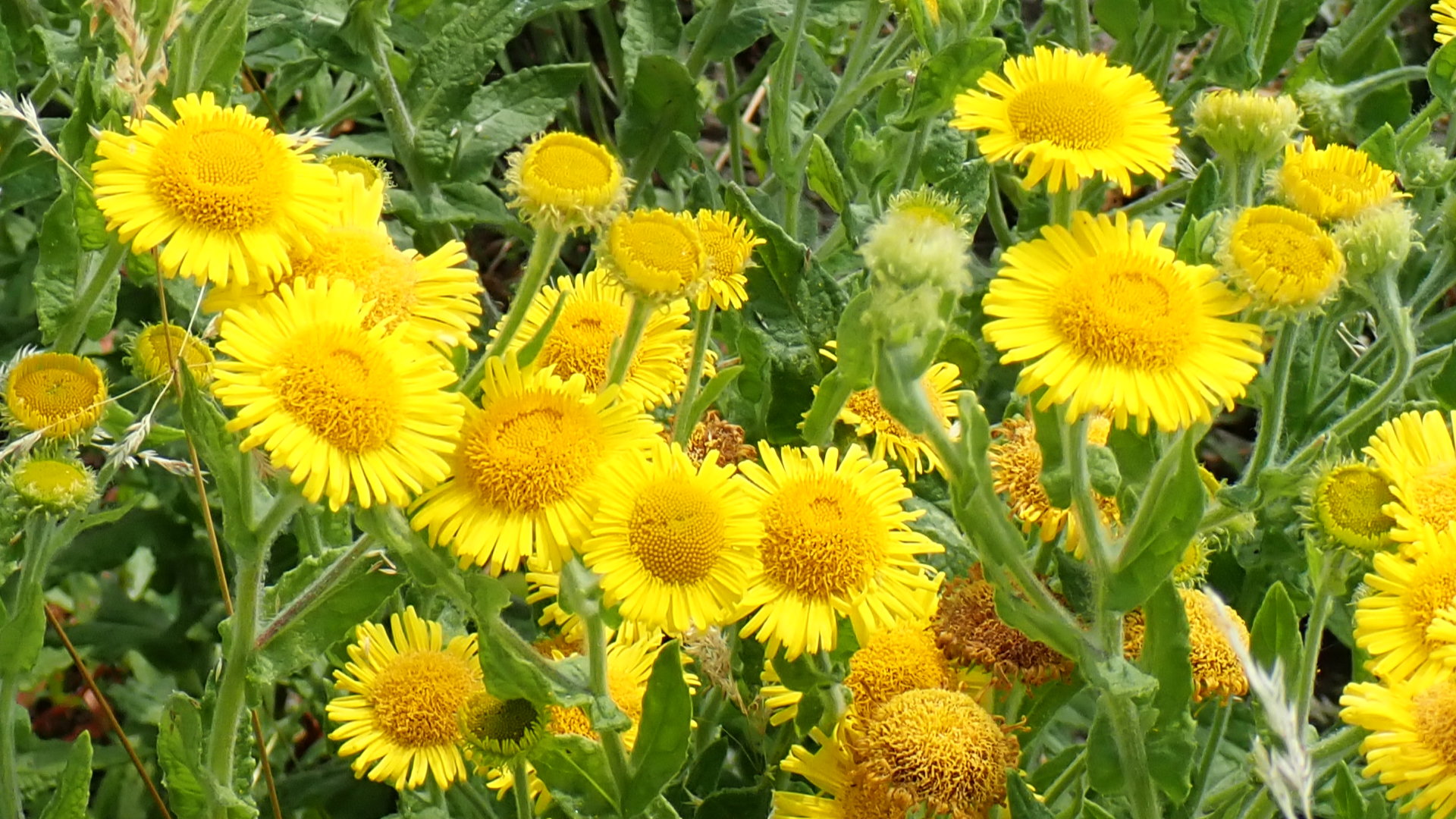
© Raymond Small TQ4894 01/08/2024
Pulicaria dysenterica
Common Fleabane is a perennial found in damp habitats during August and September. Its golden-yellow composite flower-heads (15-30 mm across) grow on erect stems. The basal leaves usually wither before the flowers appear.
HEMP AGRIMONY
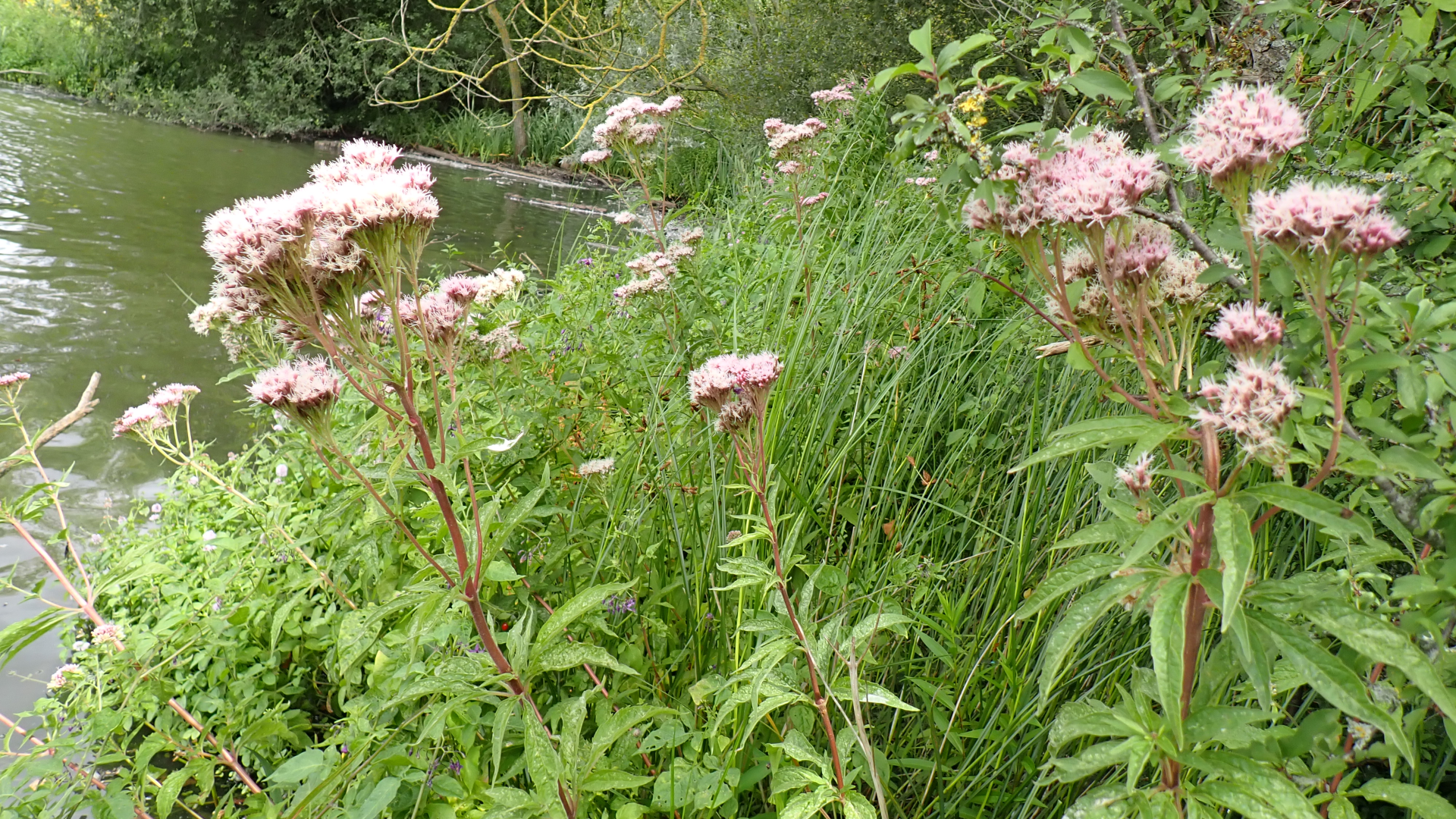
© Raymond Small TQ4792 03/08/2024
Eupatorium cannabinum
Hemp Agrimony is a tall perennial that flowers from July until September. It favours damp locations and is found growing on the banks of Hainault Lake.
TEASEL
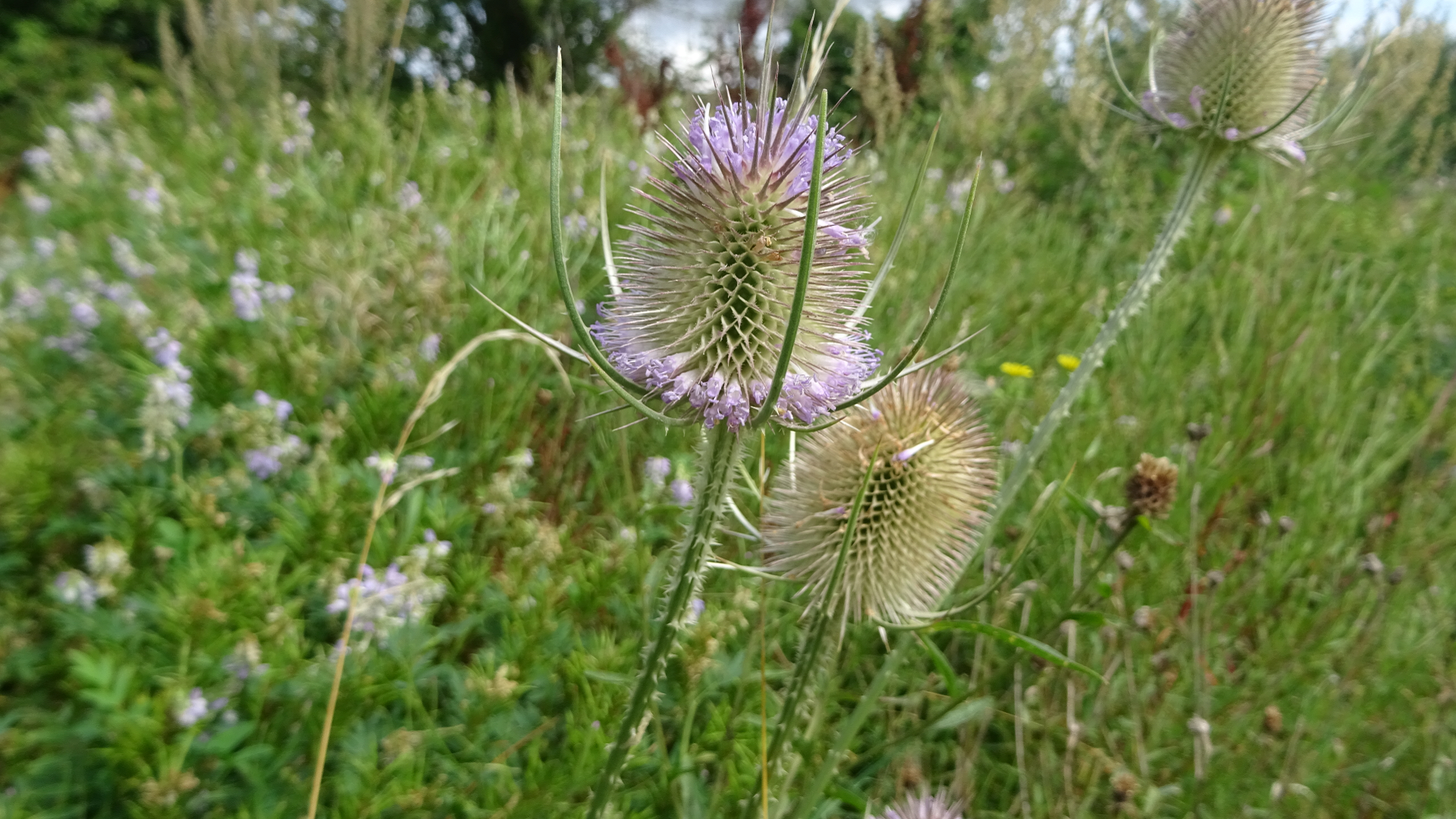
© Raymond Small TQ4792 03/08/2024
Dipsacus fullonum
Teasel has prickly stems and conical seed heads. During July and August the spiky flower heads display rings of purple flowers. When the flower-heads have gone to seed the plant attracts goldfinches and other birds.
WHITE WATER LILY
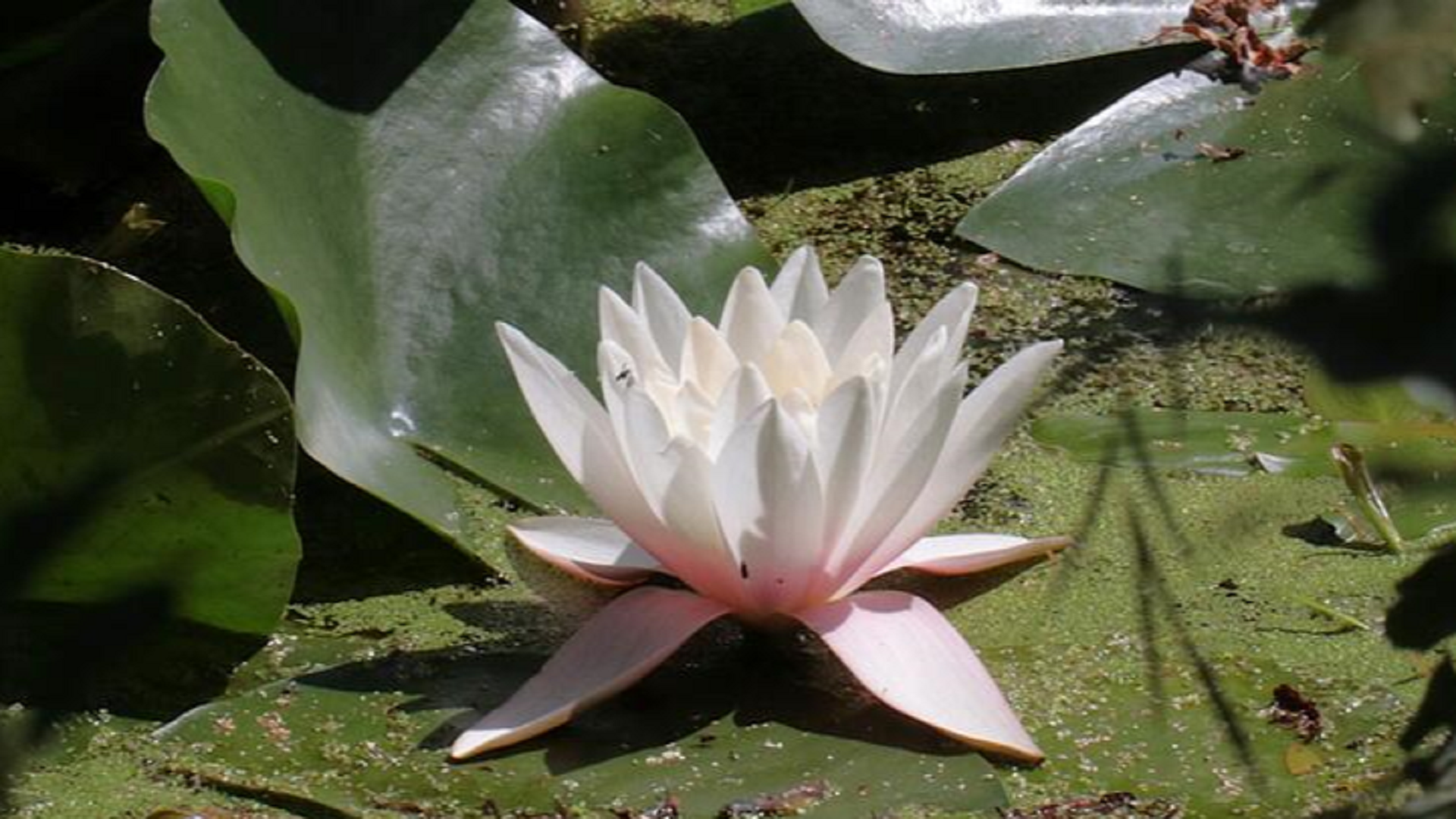
© Mike Rumble TQ4793 01/08/2024
Nymphaea alba
Water Lilies have a preference for still waters such as that at Sheepwater. Flowers up to 20 cm across appear from June until September. The roundish leaves measure up to 30 cm in diameter.
THOMAS THE TANK ENGINE
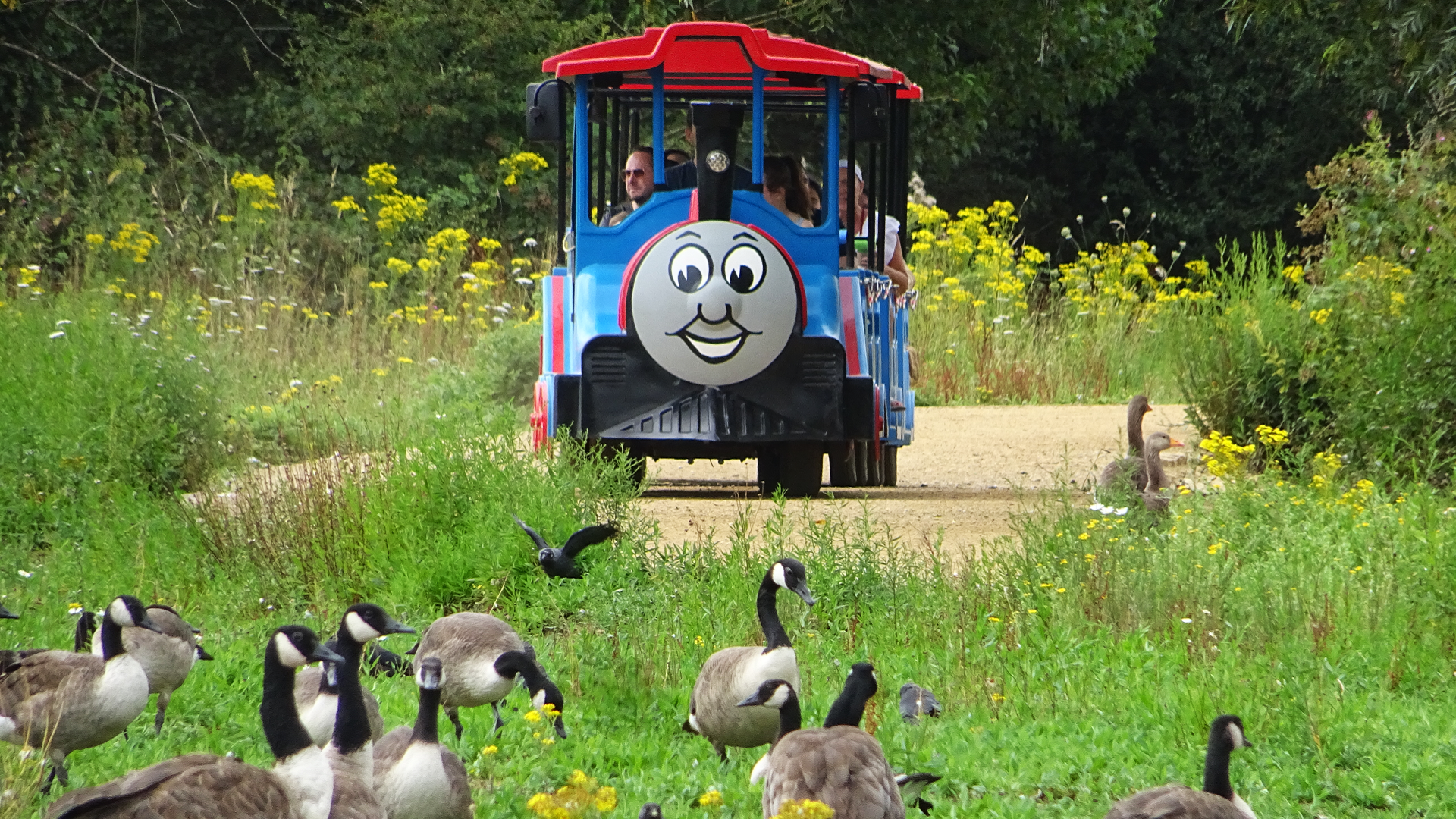
© Raymond Small TQ4792 03/08/2024
"Hello Geese!" shouted Thomas, as he rounded the bend. "Honk! Honk!", the Geese replied. Thomas was excited: "I'm dropping these passengers off at the 1856 Cafe and then picking up some more. This route around the lake is very popular during the school holidays!"
GUELDER ROSE
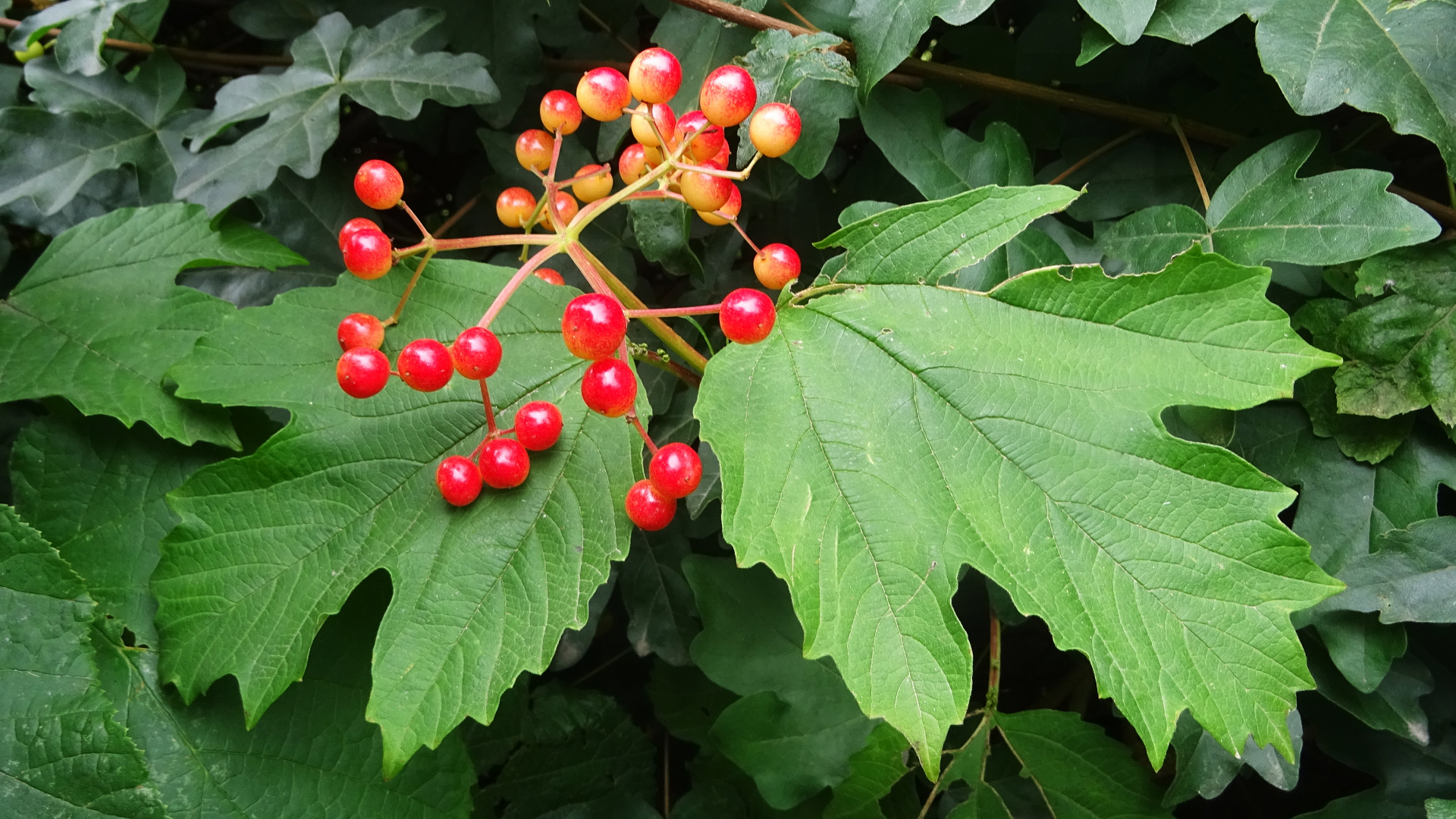
© Raymond Small TQ4793 10/08/2024
Viburnum opulus
Guelder-rose can be found in hedgerows around Hainault Forest. Its large white flowers are followed by clusters of bright red berries during autumn. The berries are an important food source for birds. The berries are mildly poisonous to humans if eaten raw.
BITTERSWEET
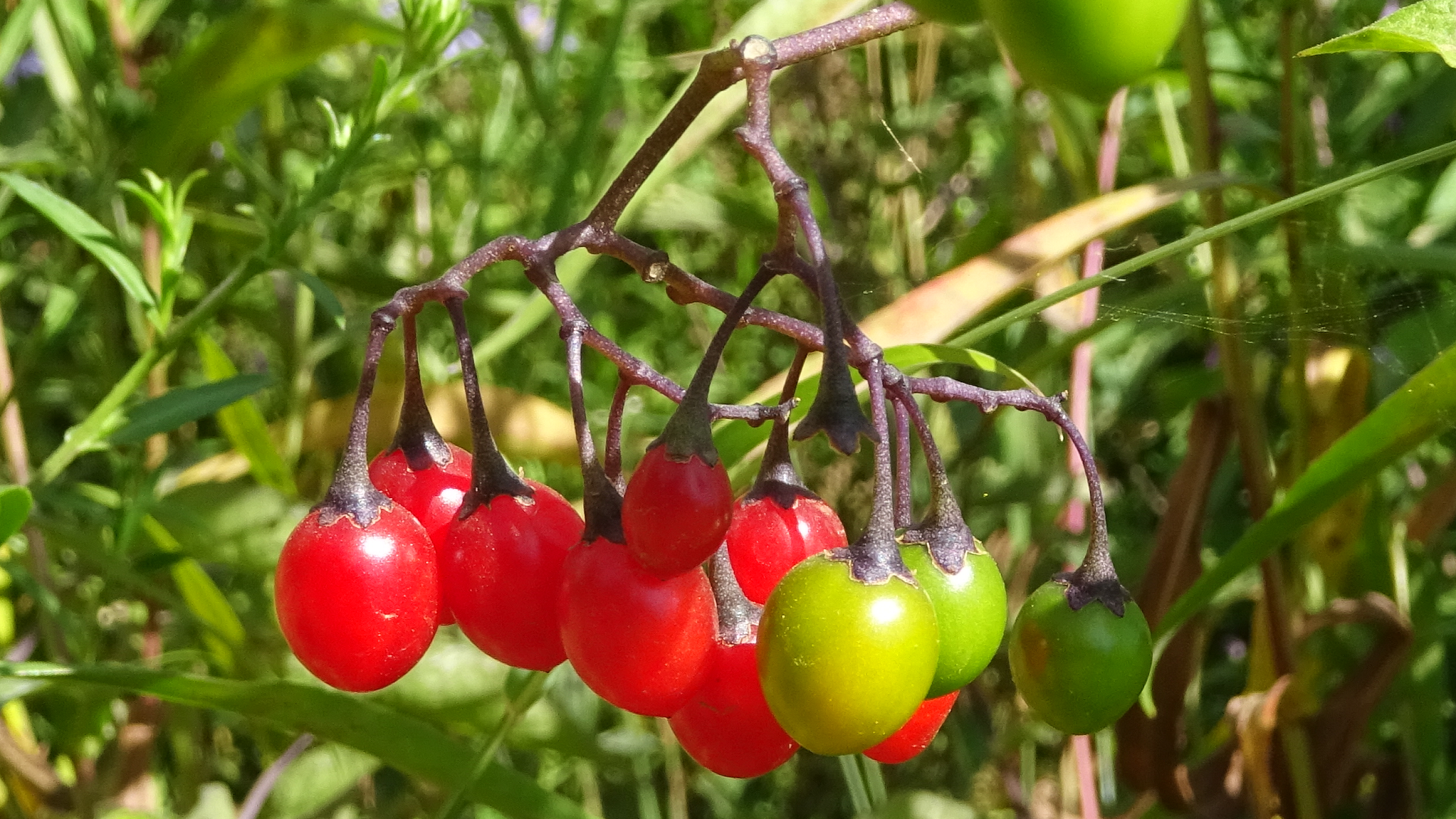
© Raymond Small TQ4792 13/08/2024
Solanum dulcamara
The tiny oval berries of Bittersweet are poisonous. They are extremely common at the edge of Hainault Lake and on hedgerows during autumn.
CUCKOOPINT
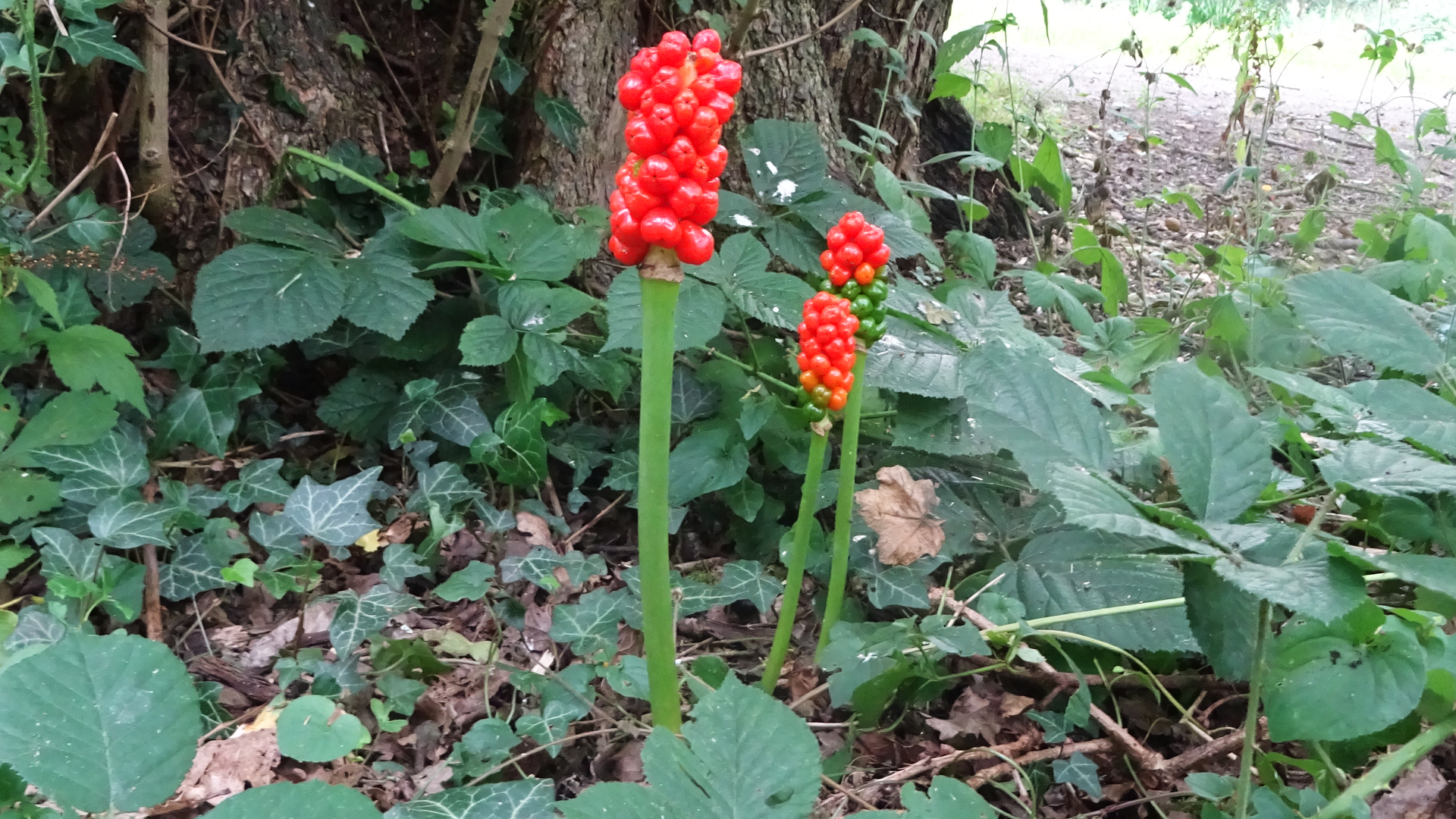
© Raymond Small TQ4793 10/08/2024
Arum maculatum
Berries of this woodland plant appear after the flowers have withered. The berries are toxic to many animals, including humans. However, they are harmless to birds, which eat them and spread the seeds.
BRAMBLE
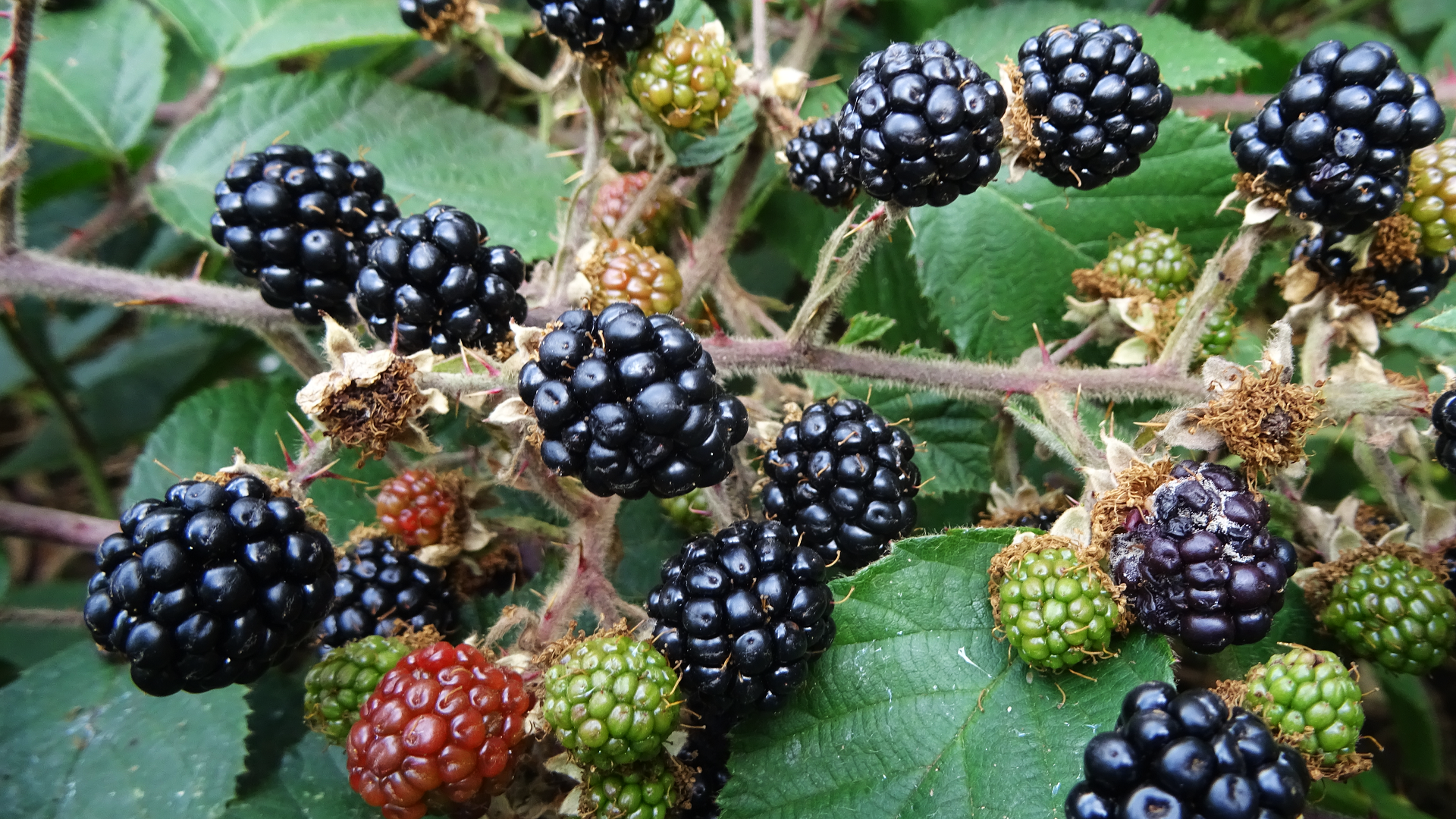
© Raymond Small TQ4792 13/08/2024
Rubus fruticosus agg.
The delicious edible fruits that grow on bramble are known as 'Blackberries'. These are safe to eat.
CORRESPONDENCE
(Emails received this month)
2024 is the first year with no swans on Hainault Lake. Where have they gone? The grebes have also vanished and there are even fewer geese than before. I find it all deeply concerning. Val. Nearly correct... except a juvenile swan made a brief appearance on Hainault Lake in March (photographed by Michael Trump), however the website shares your sentiments.
SCORPIONFLY
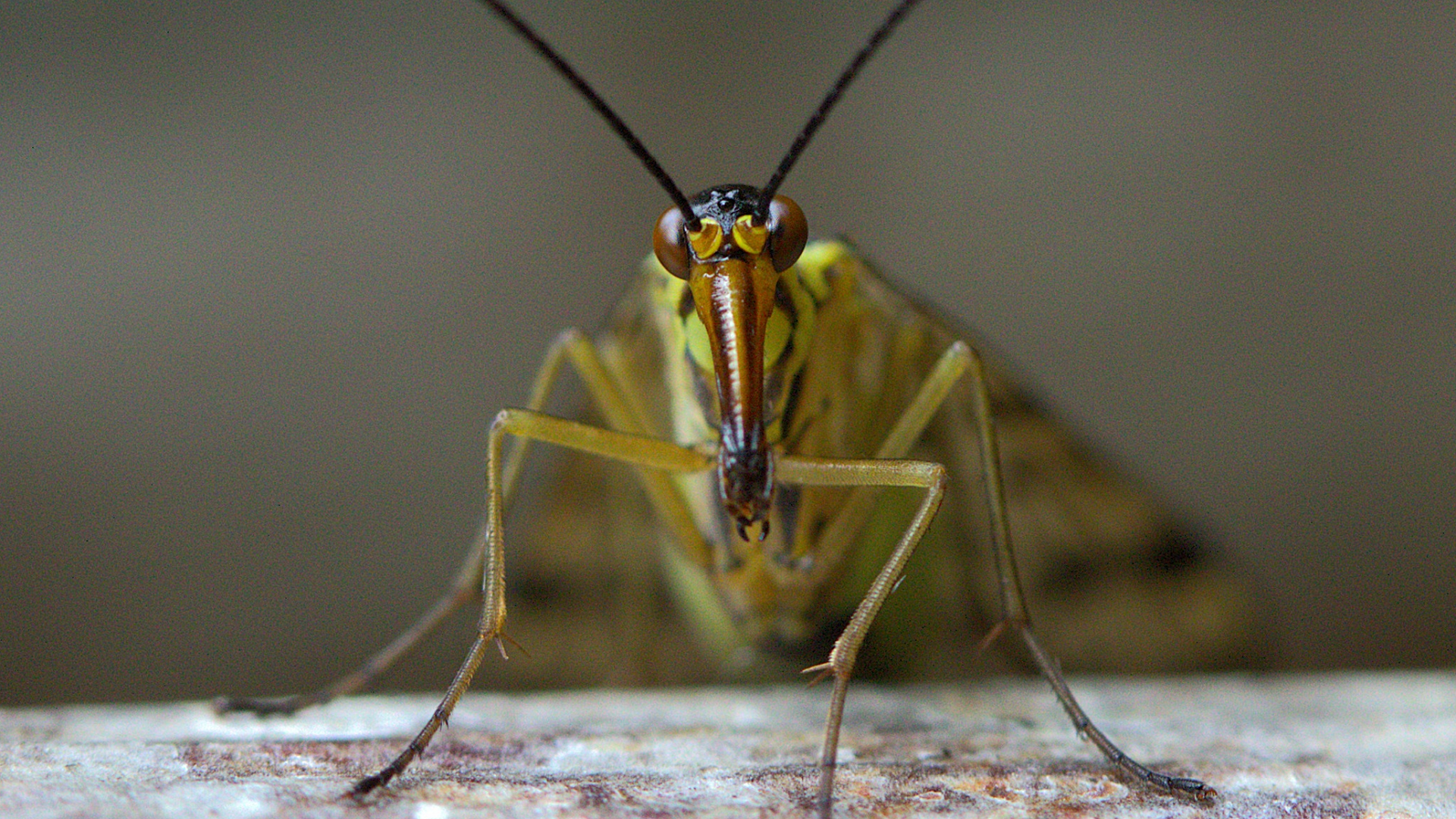
© Mike Rumble TQ4793 10/08/2024
More next month. That's all folks!
Thank you to everyone that has contributed with pictures, emails, information and identifications.